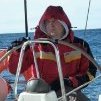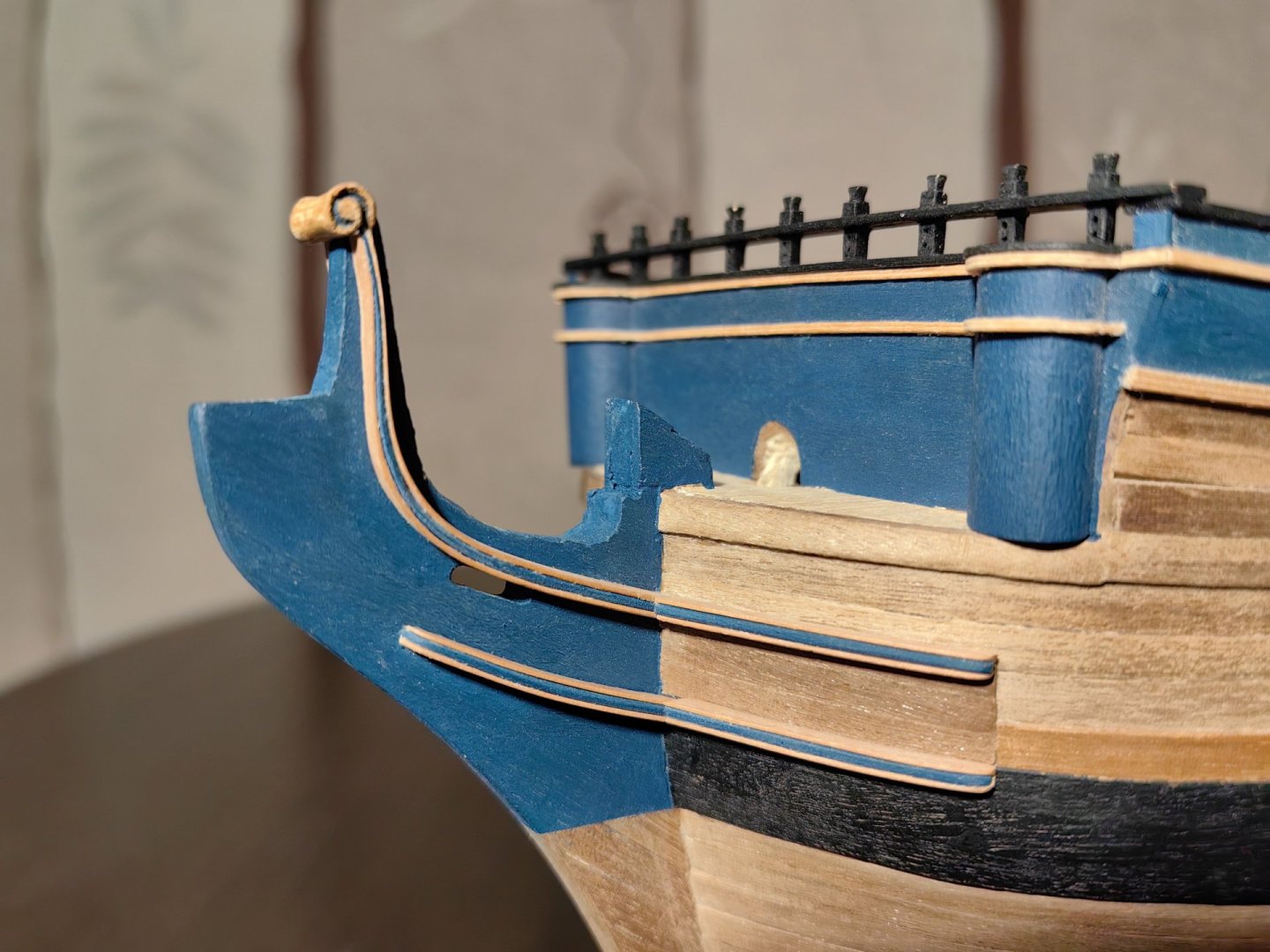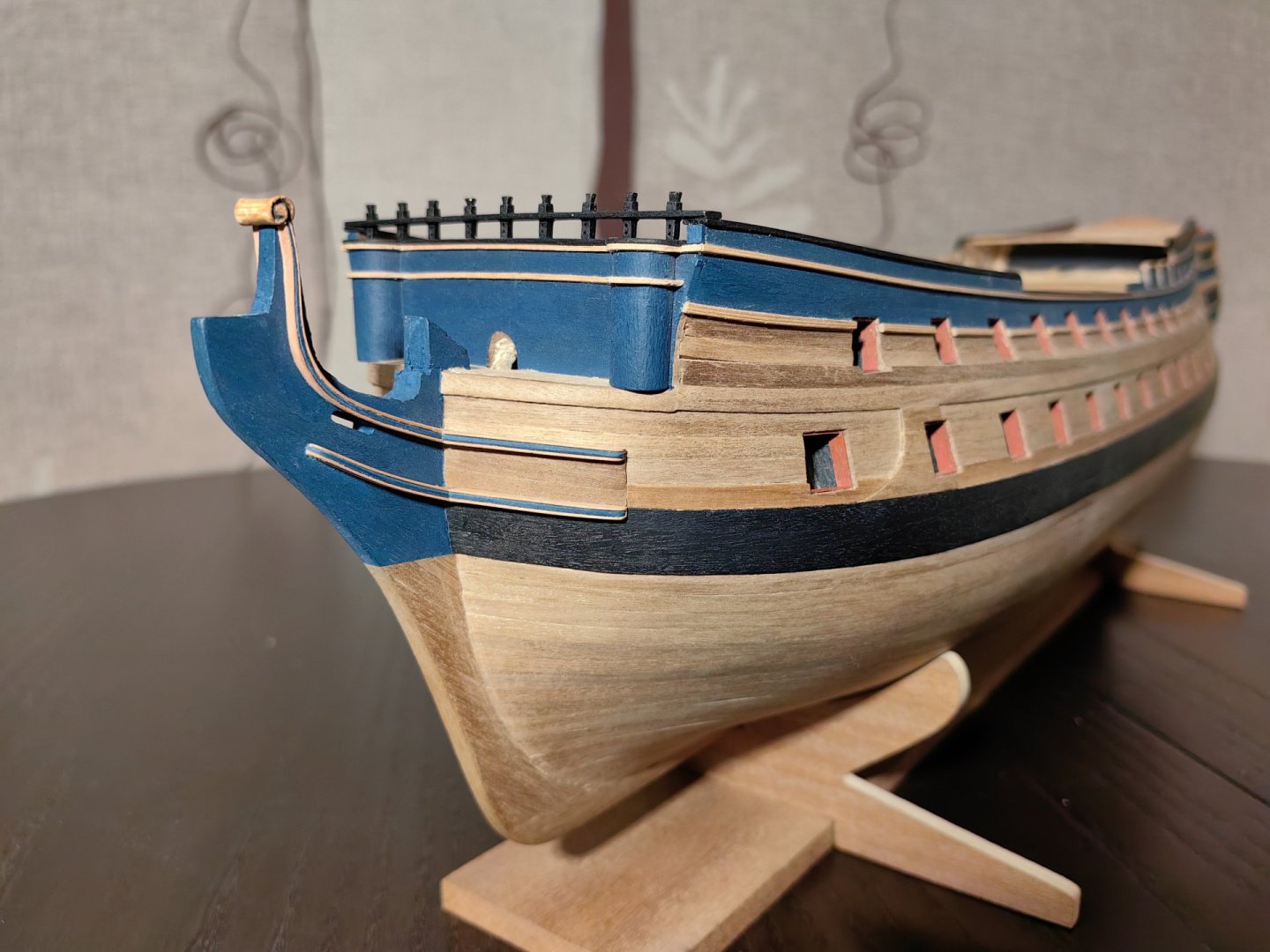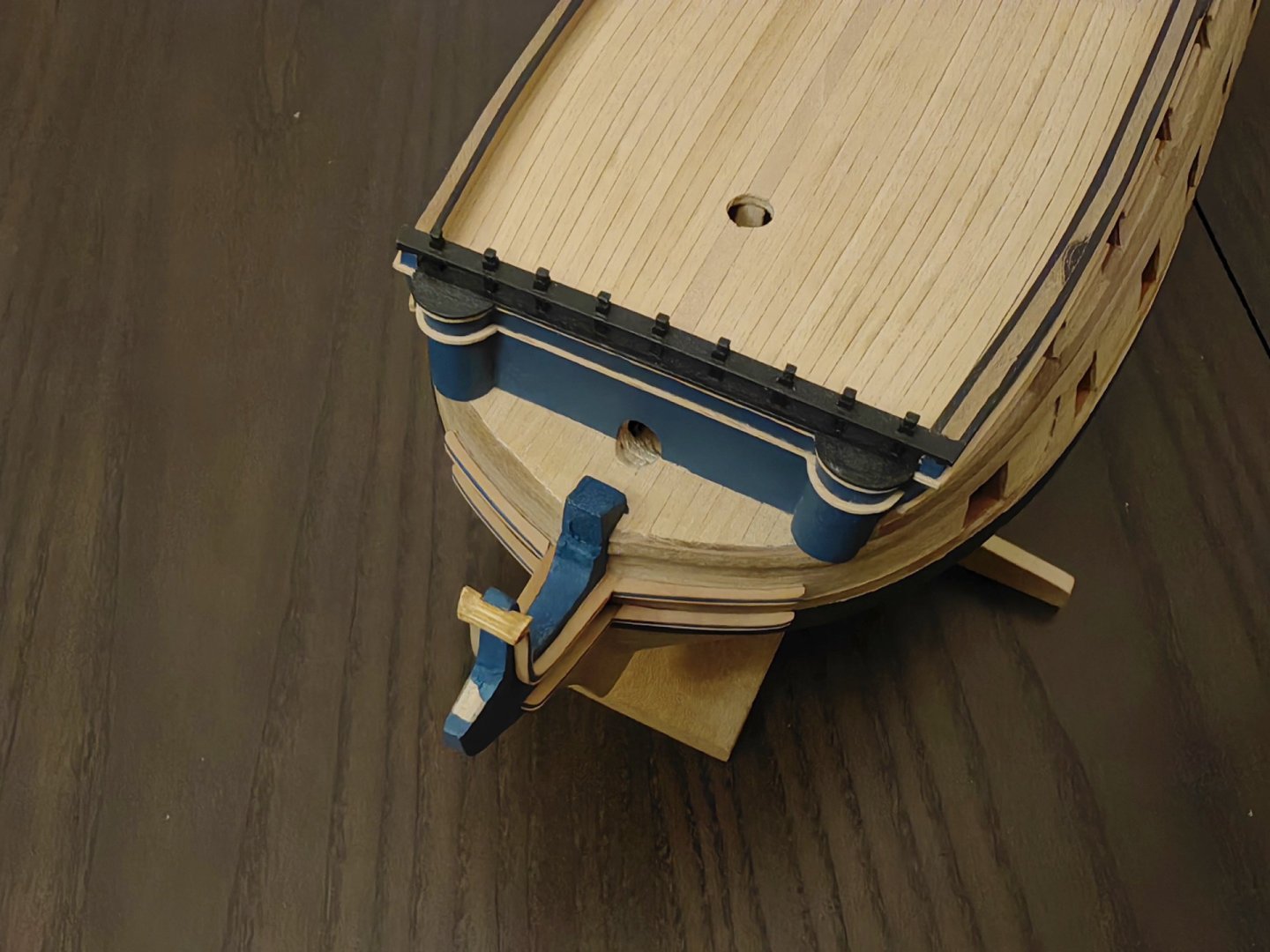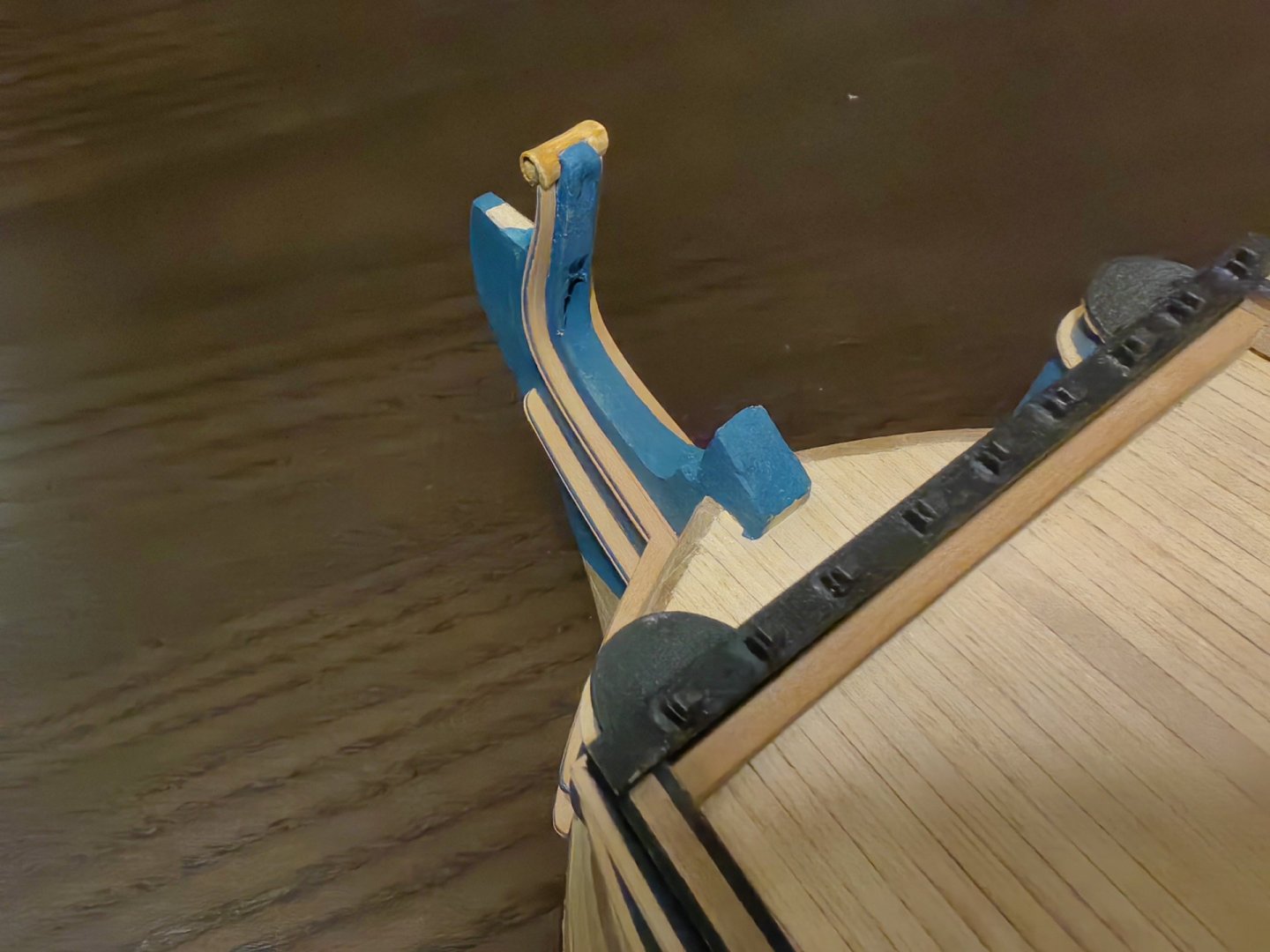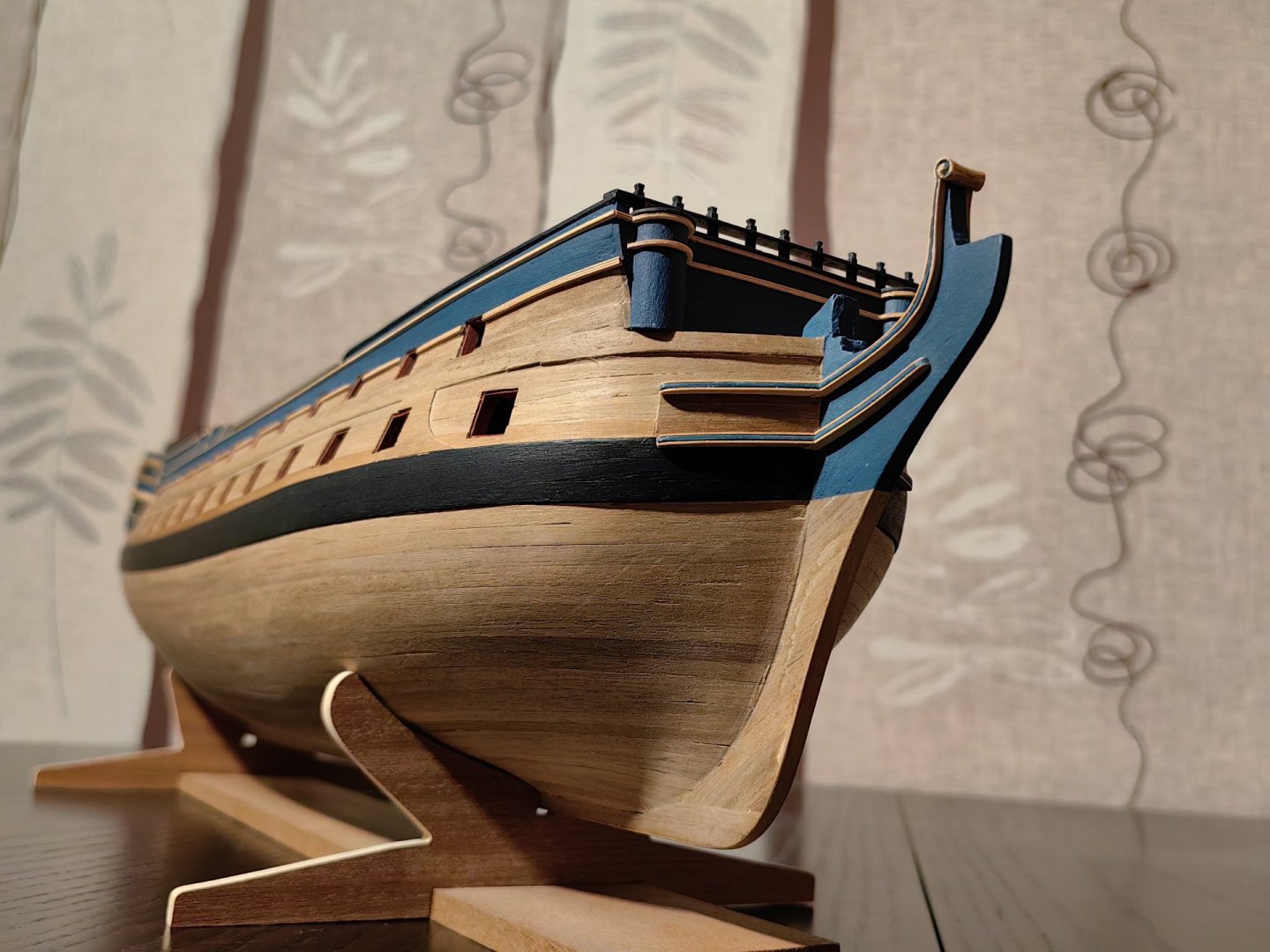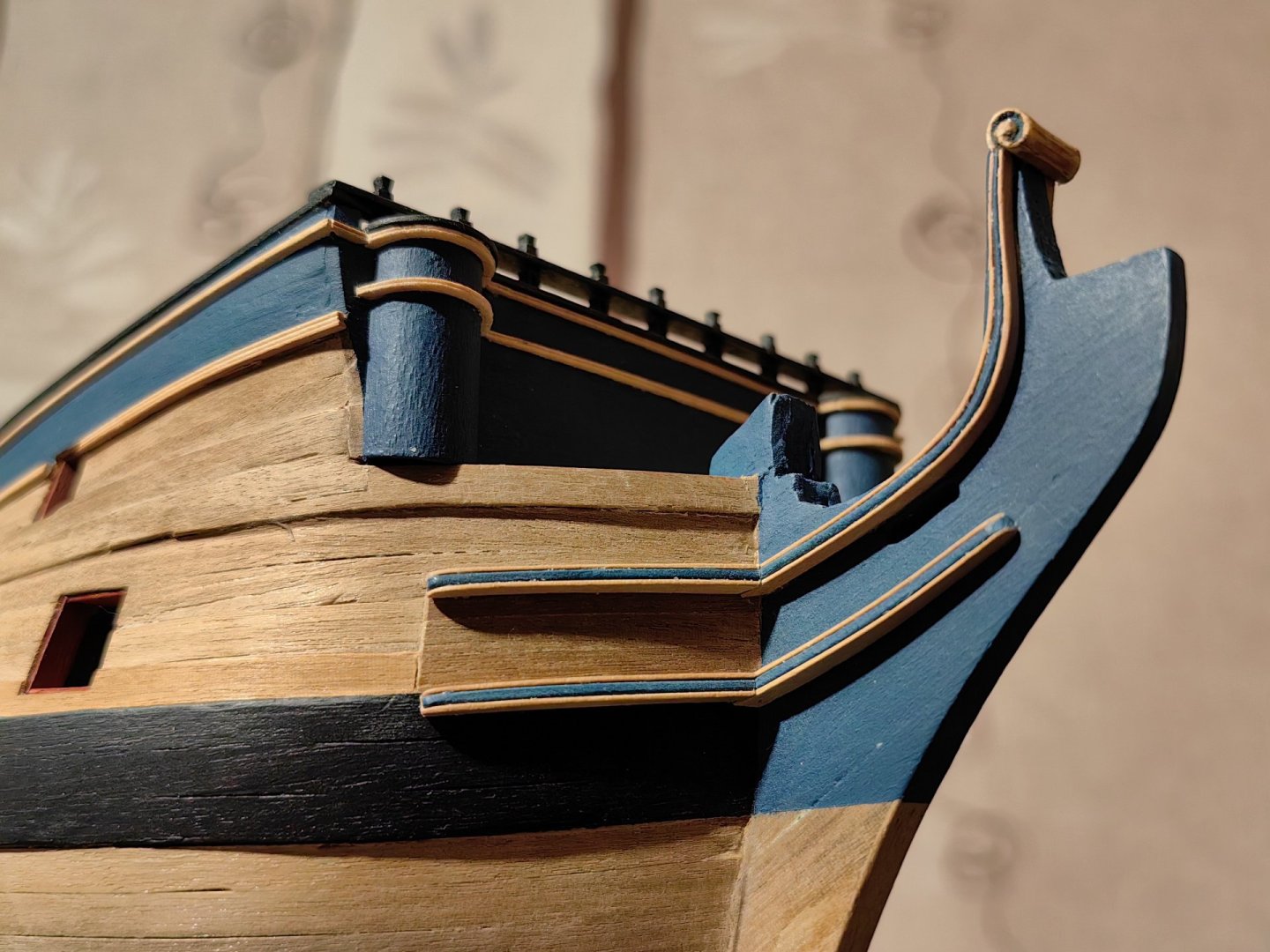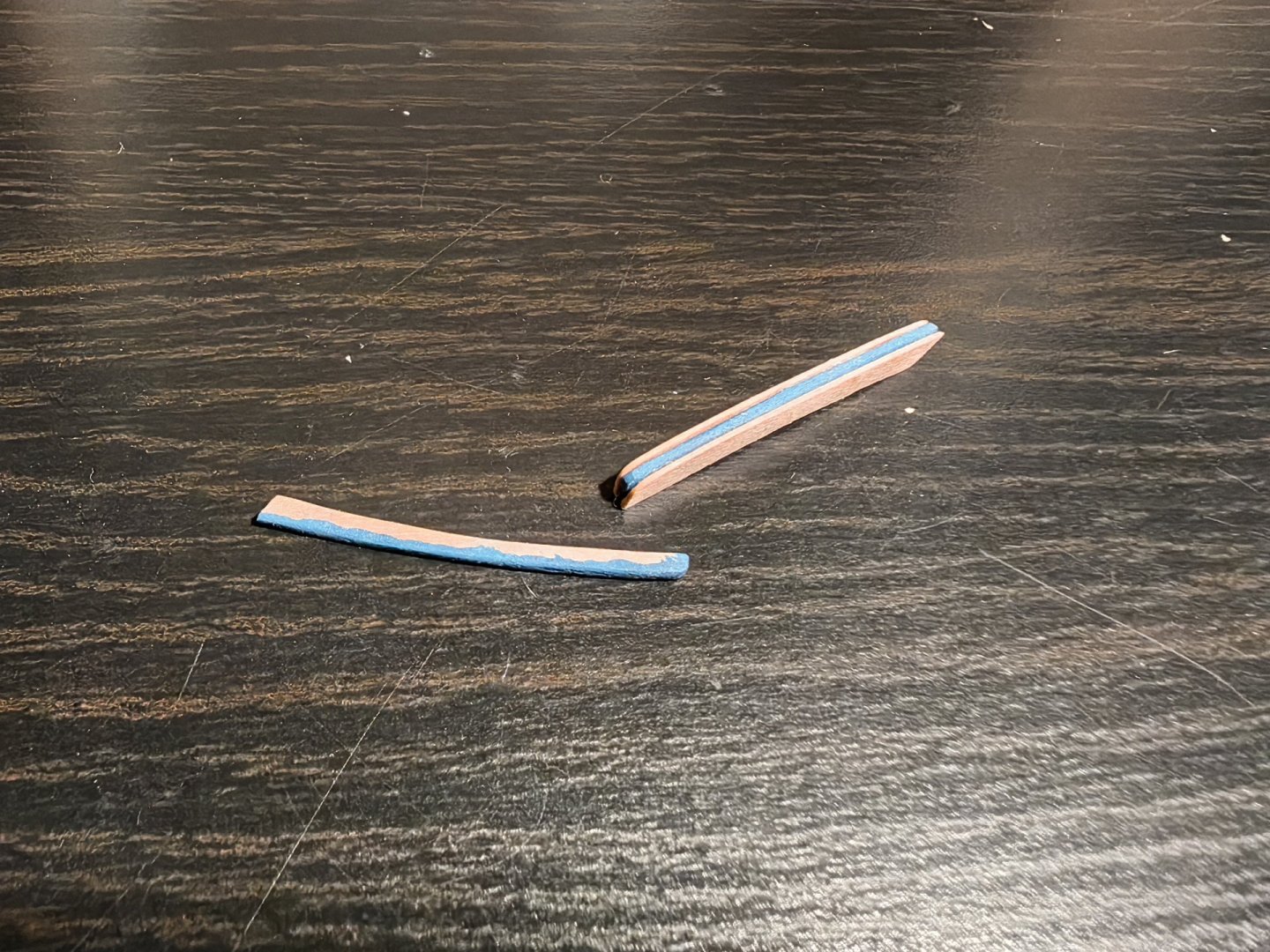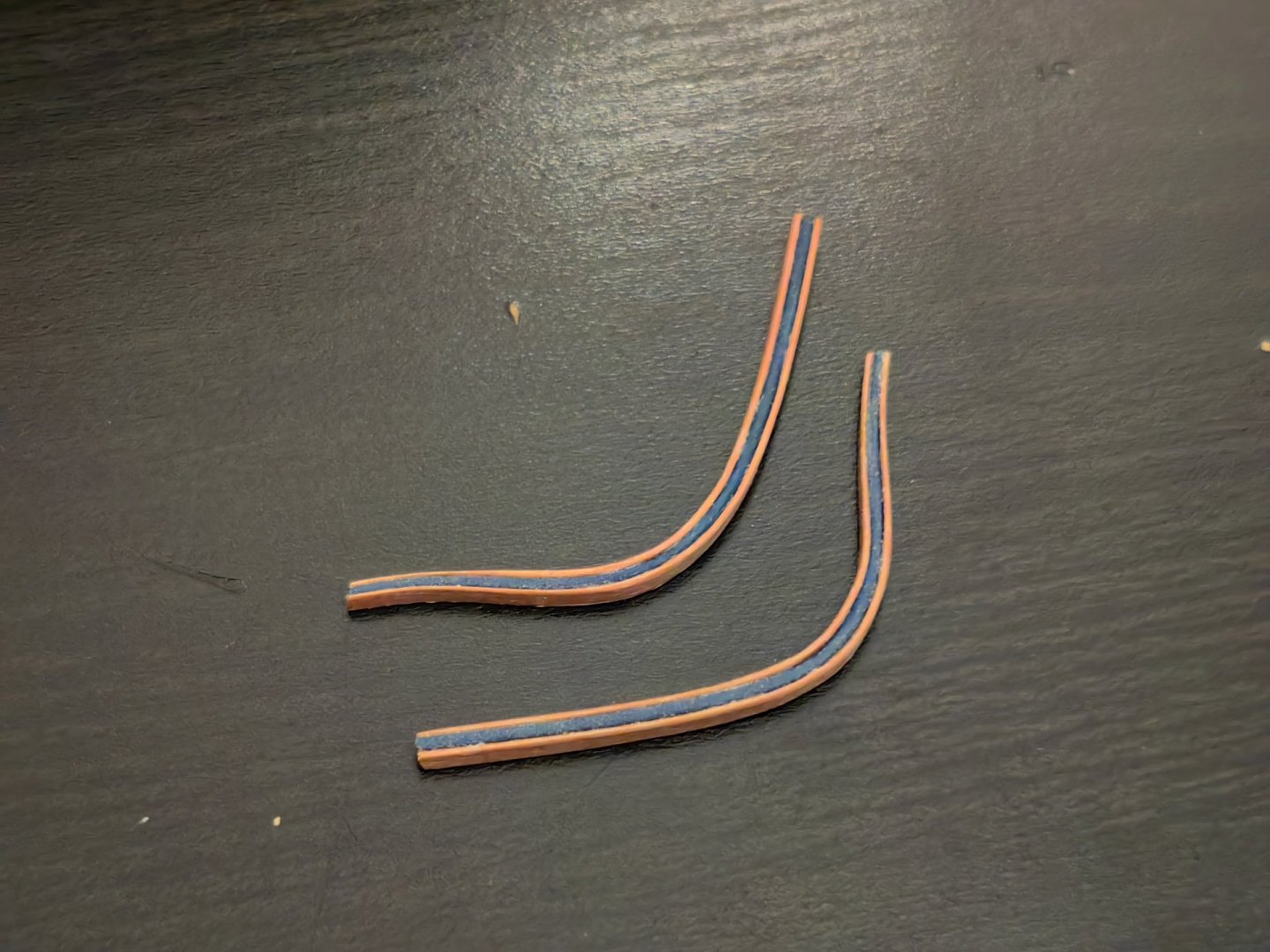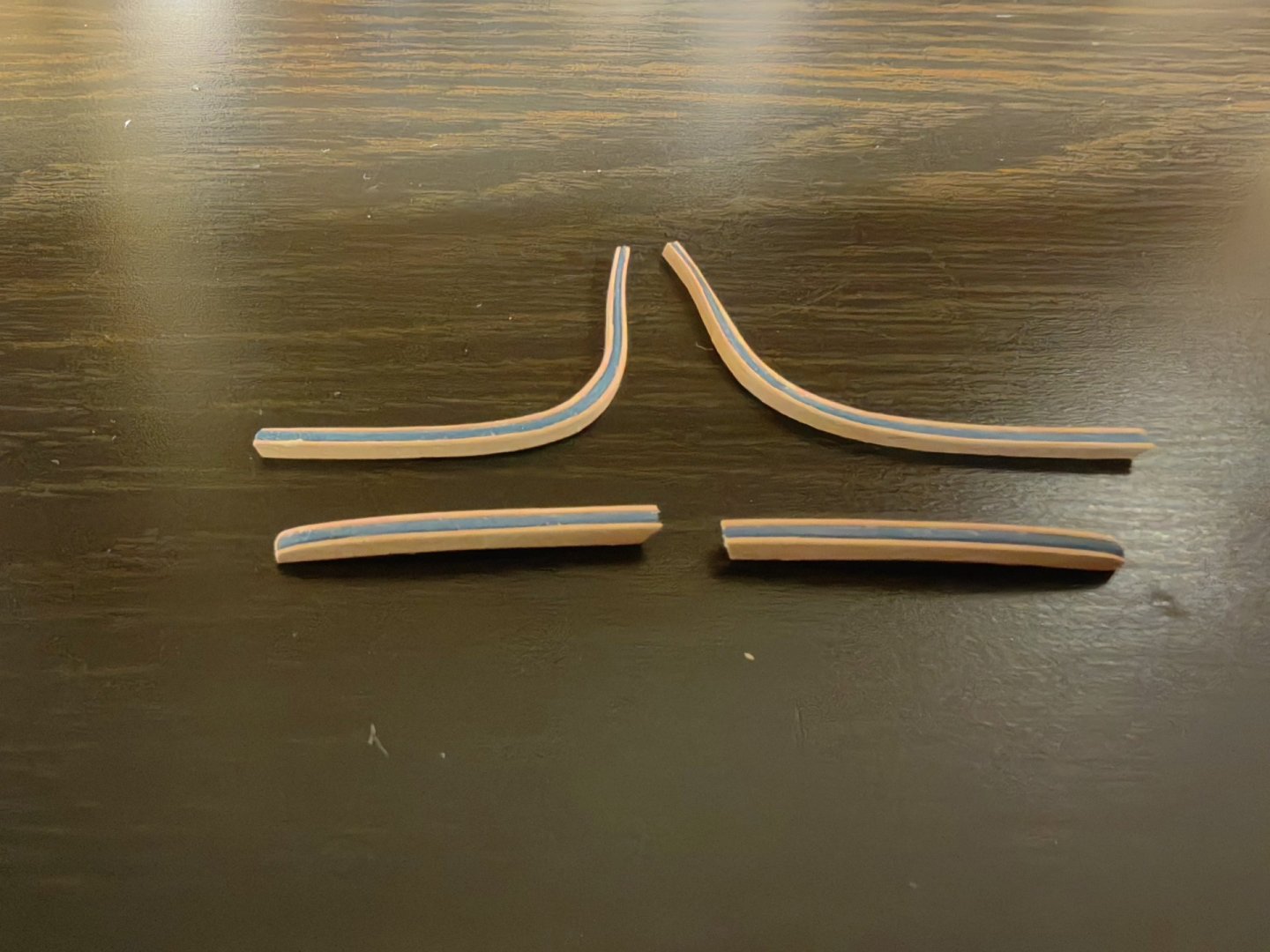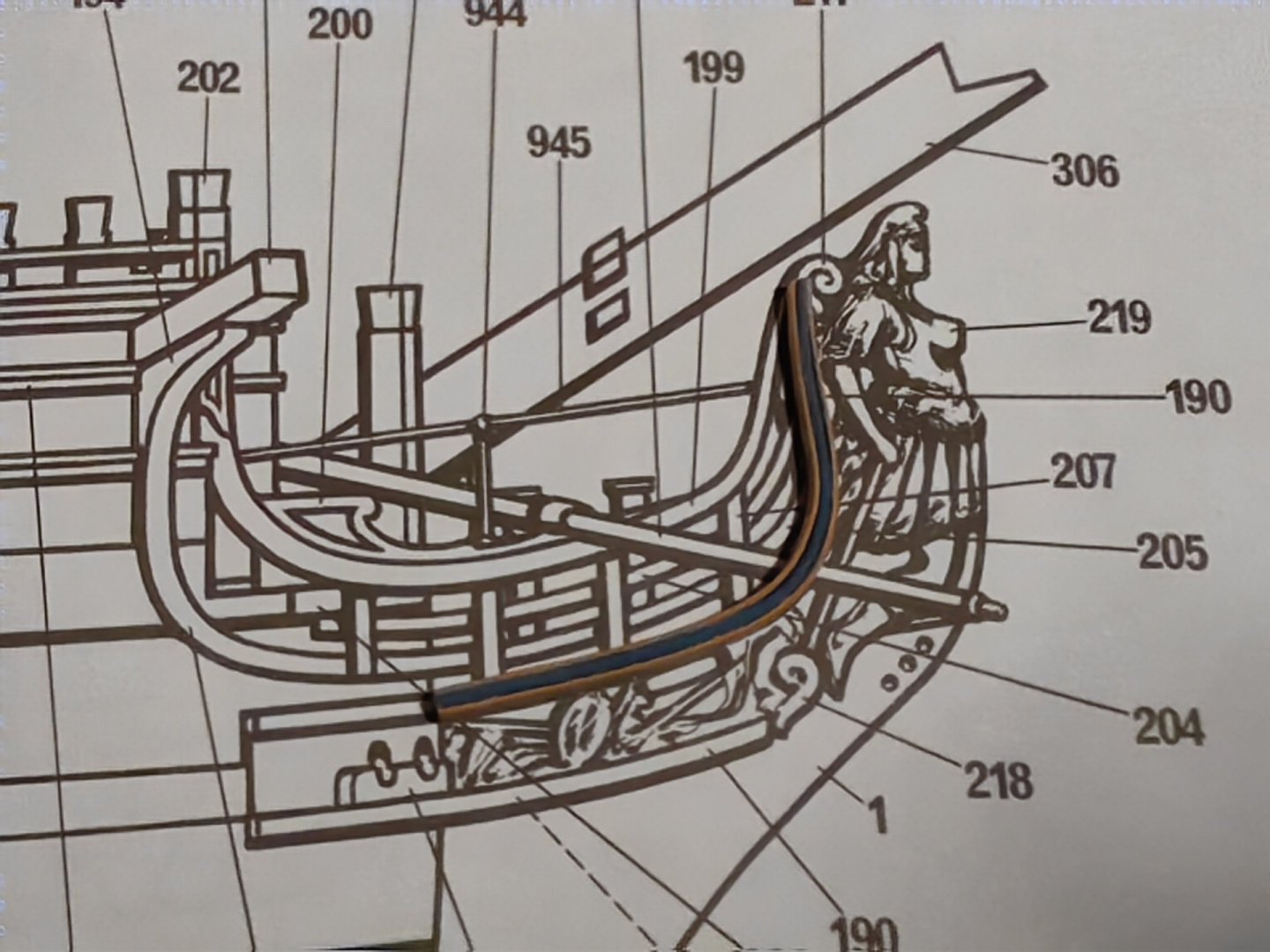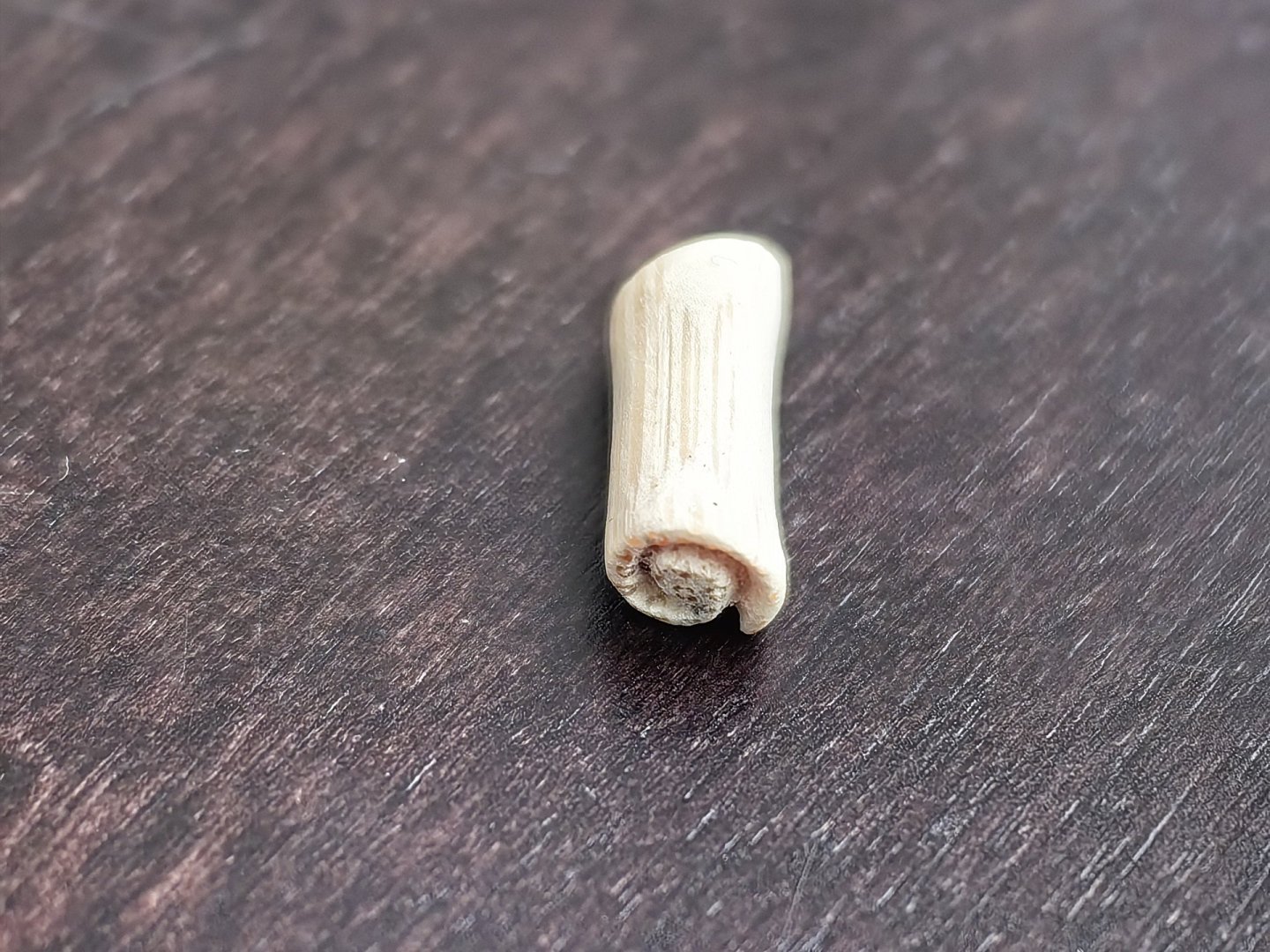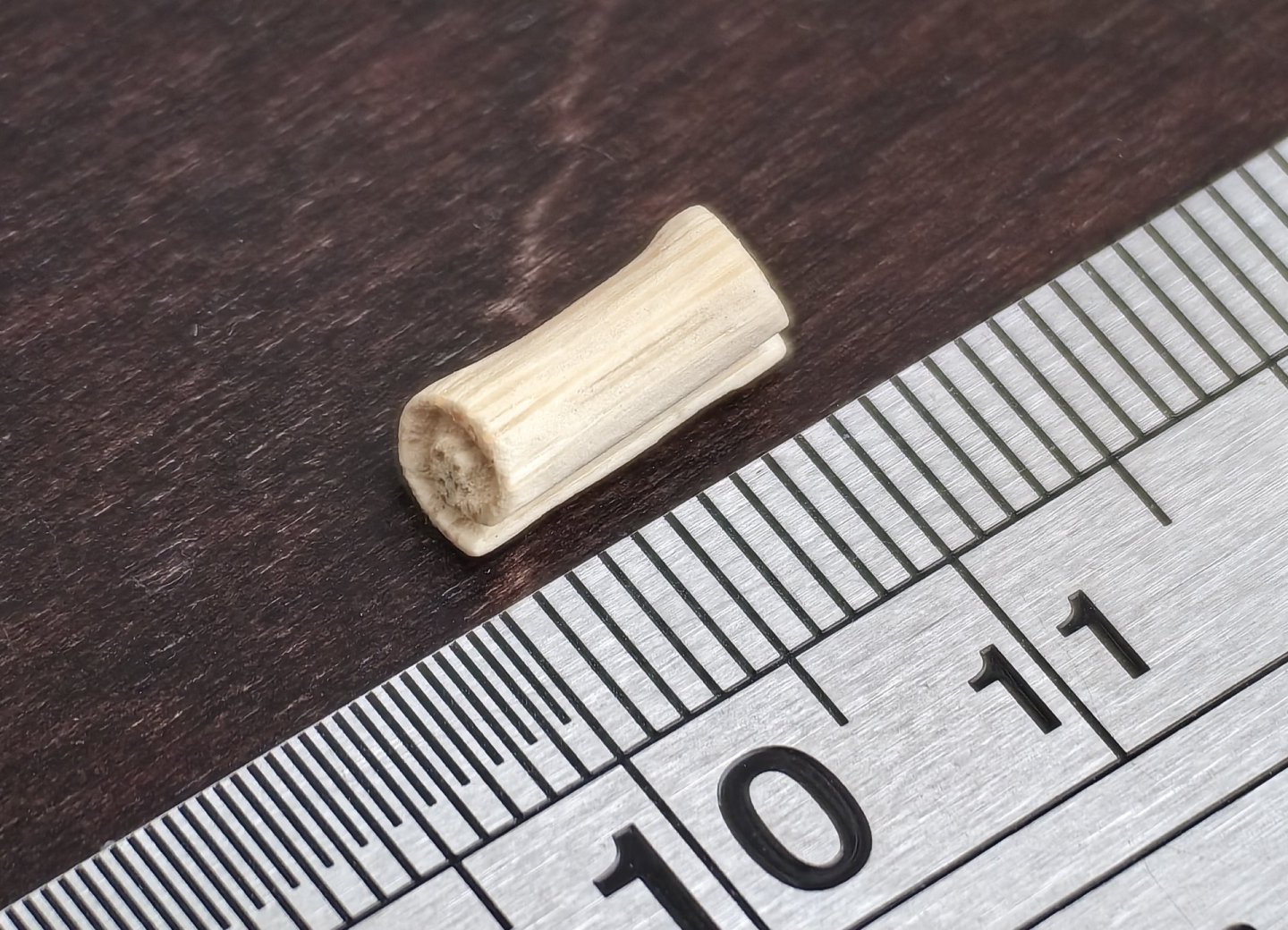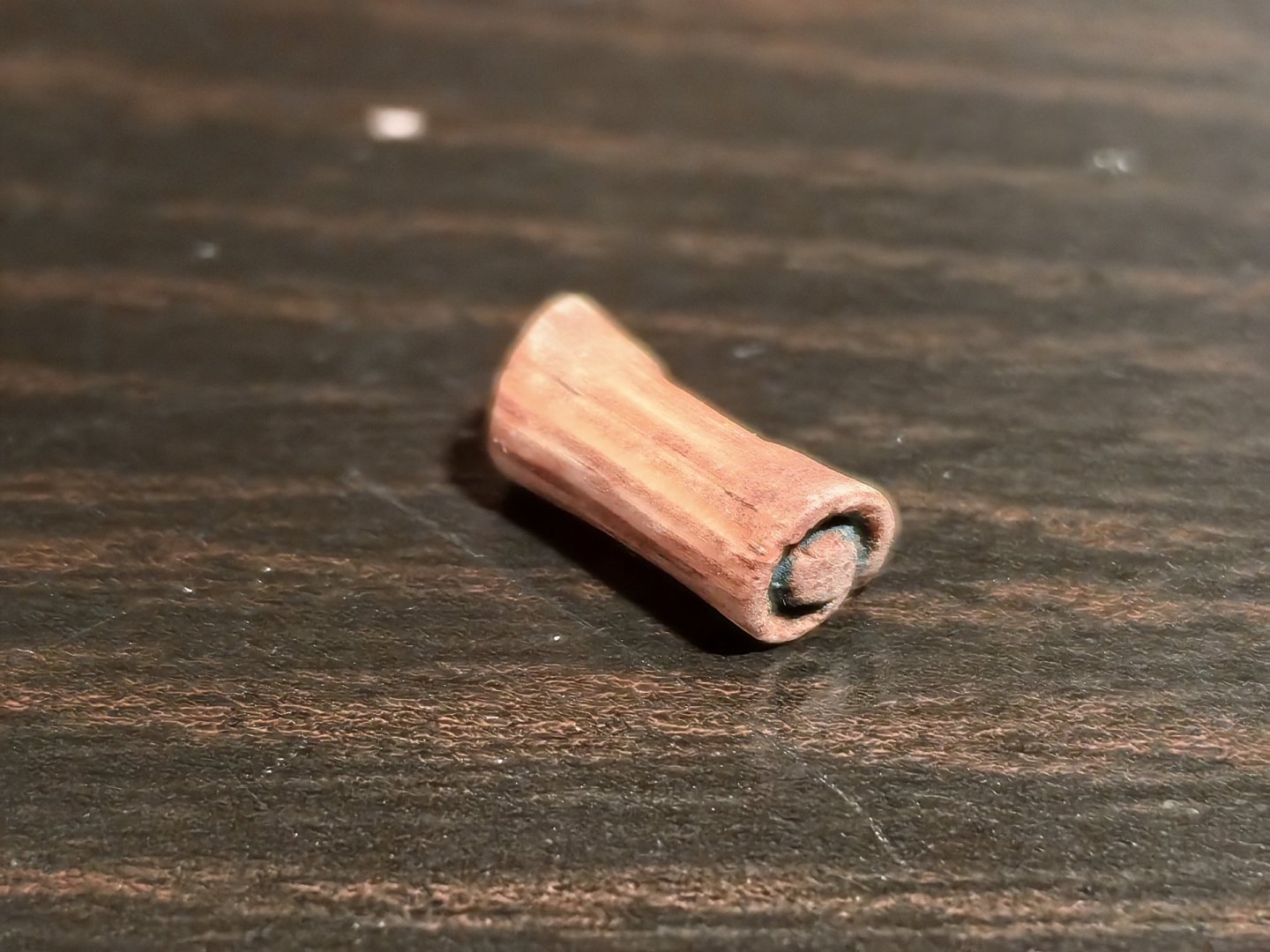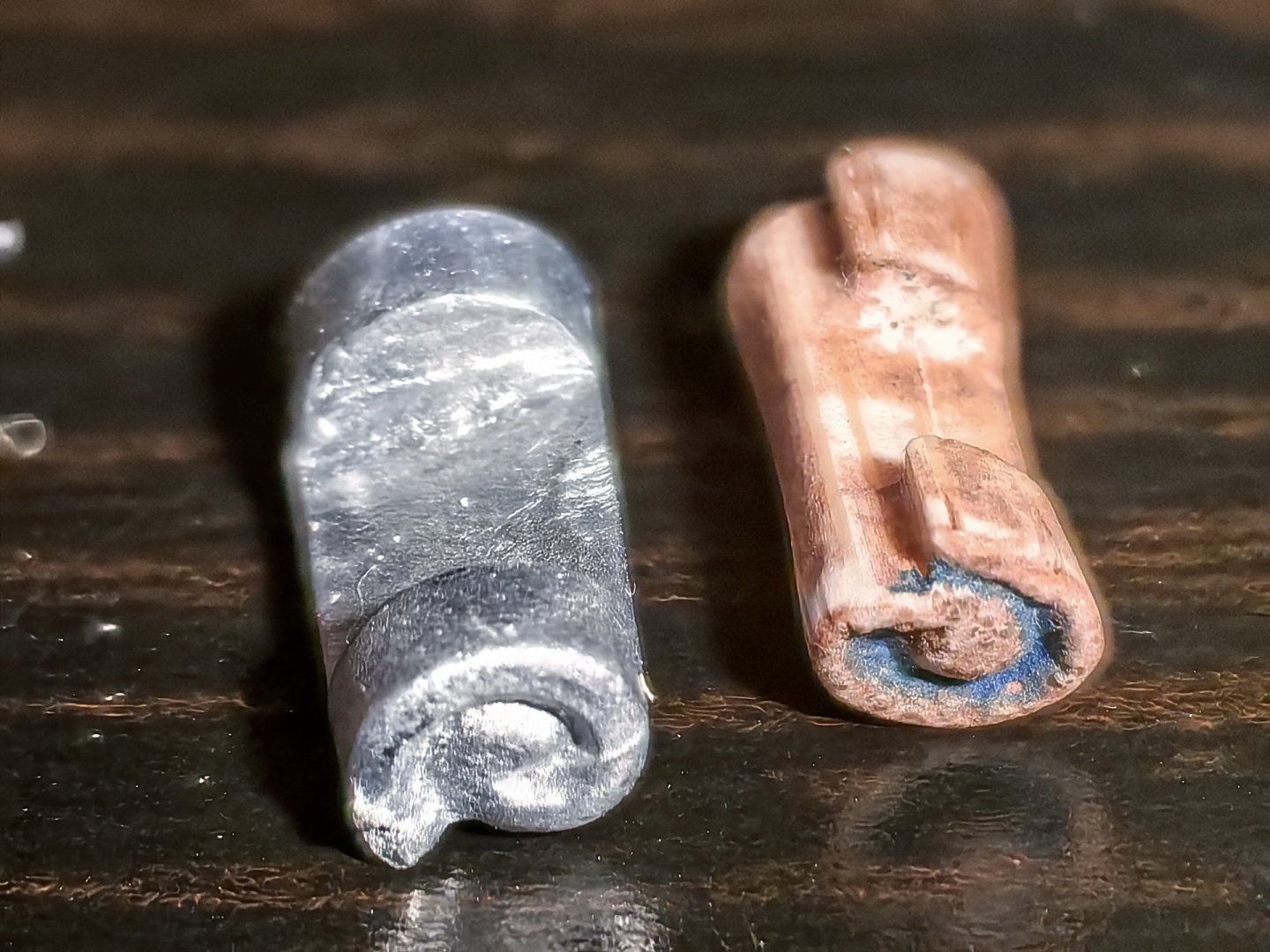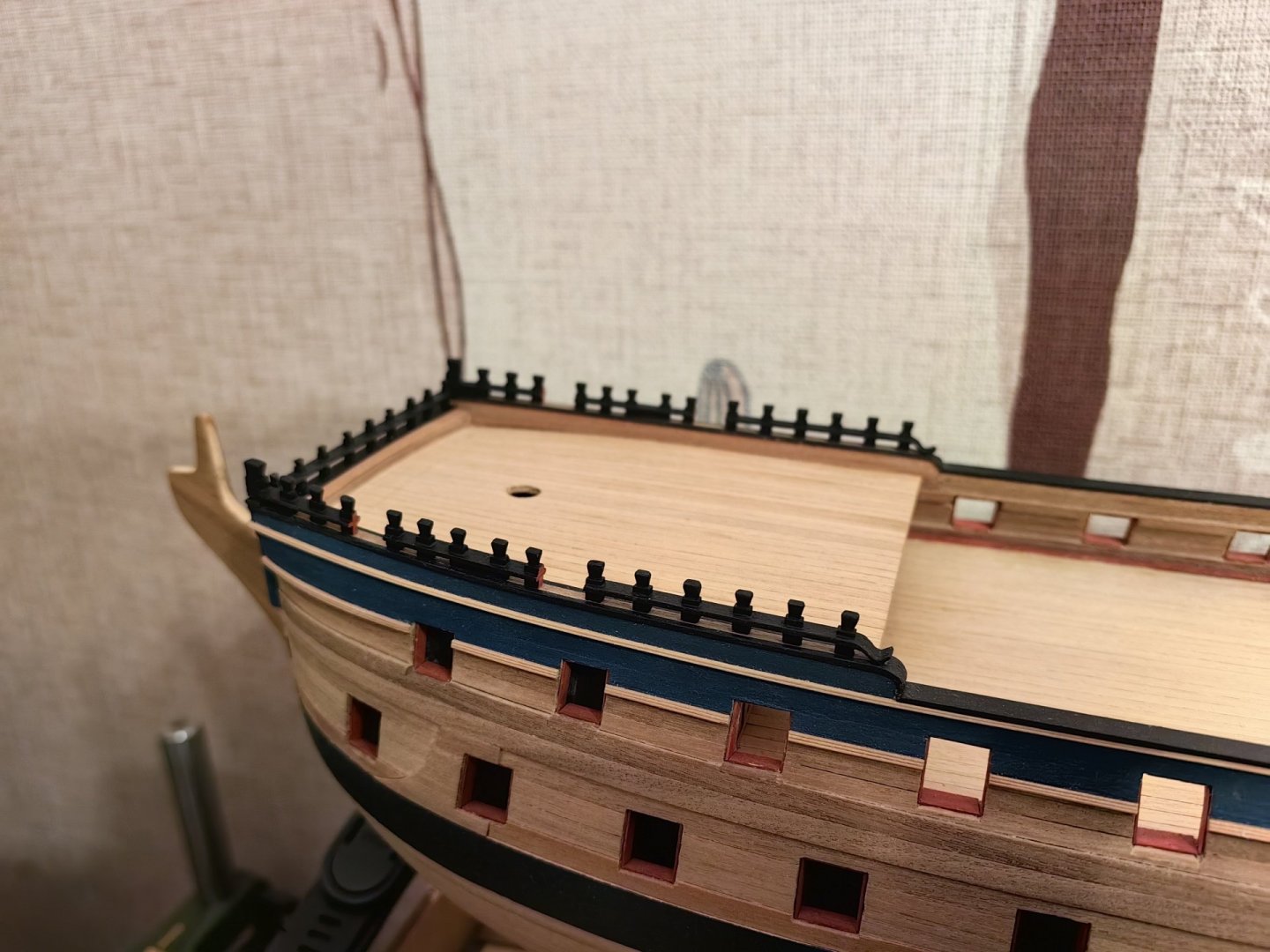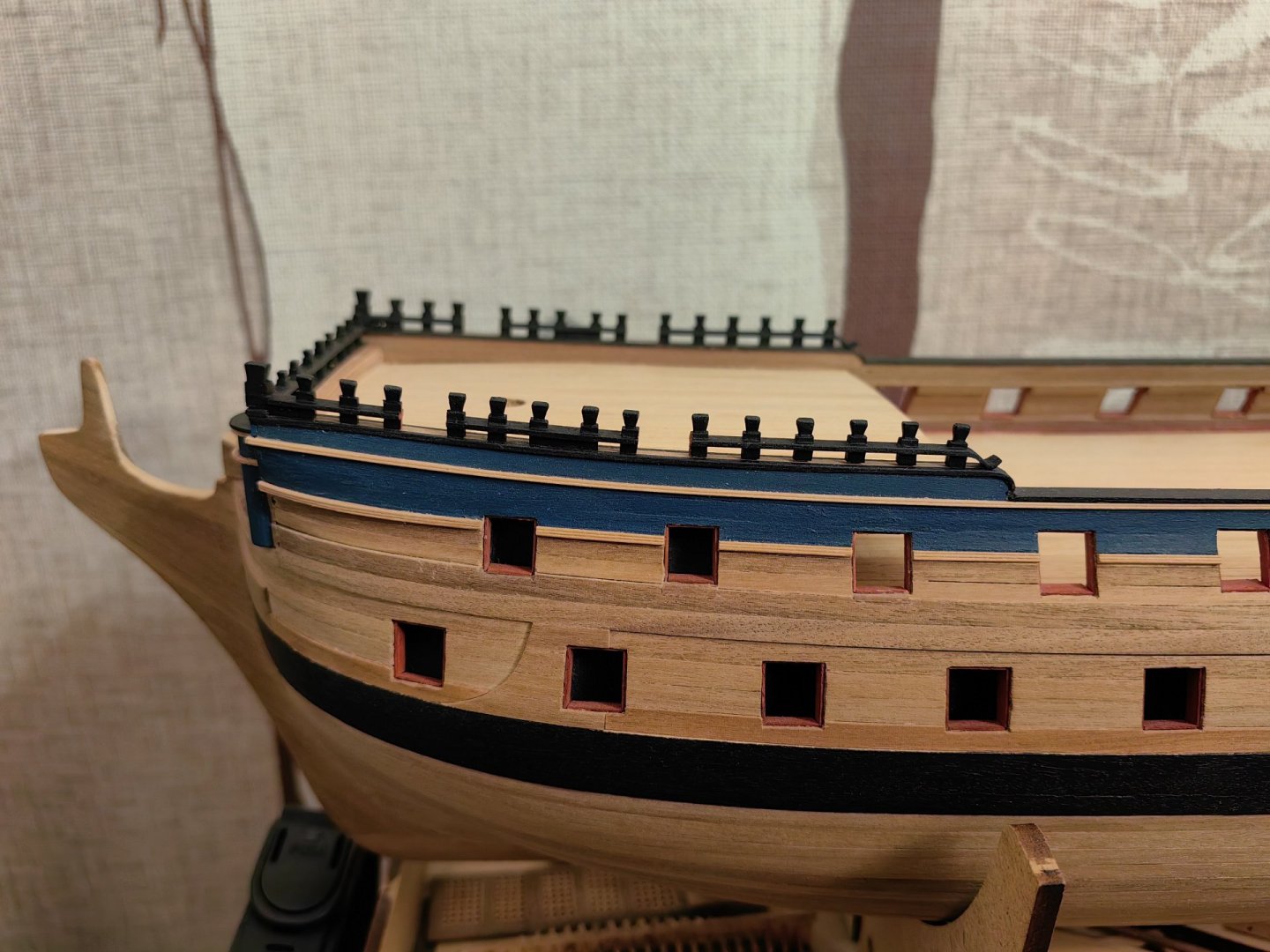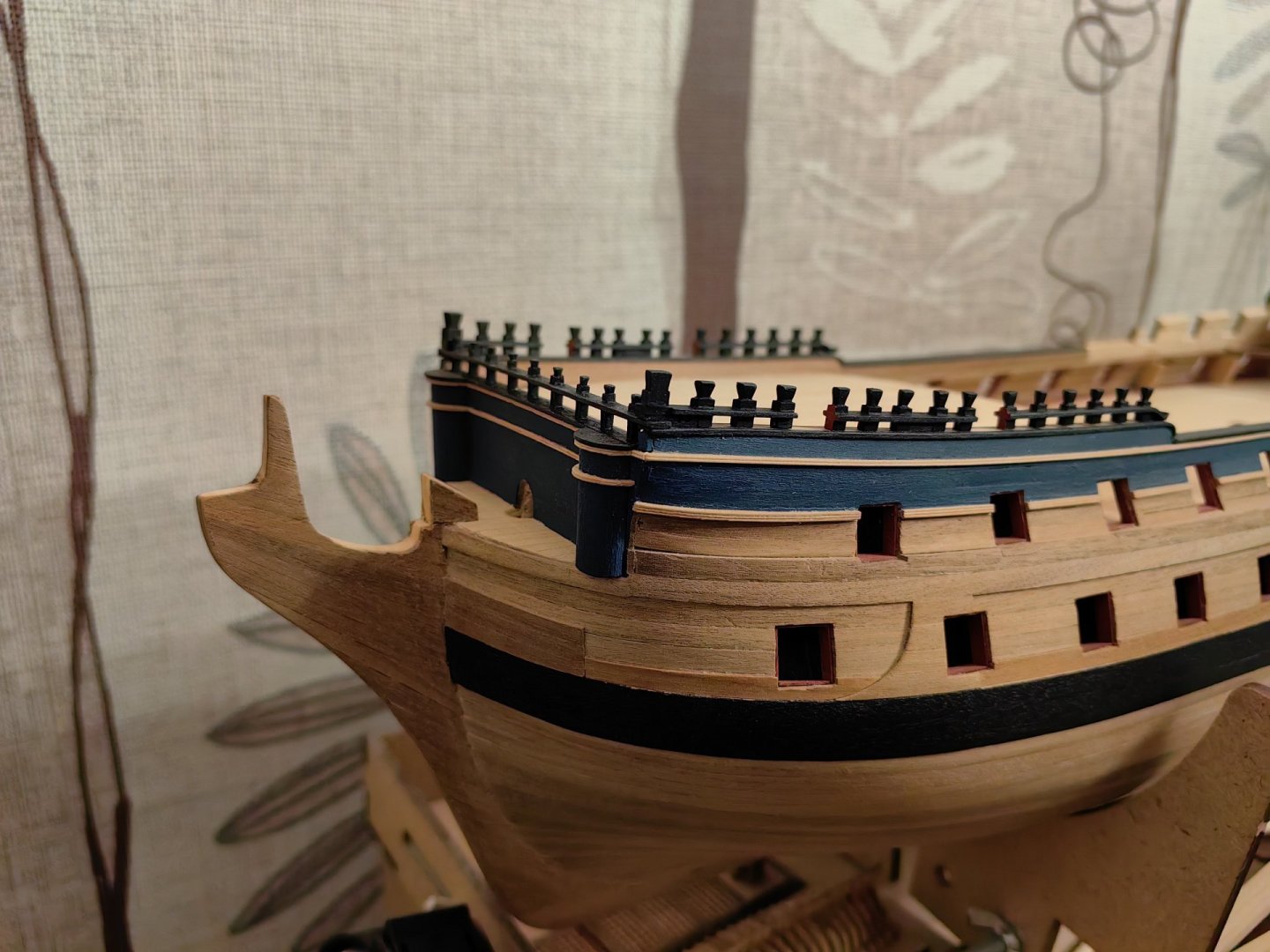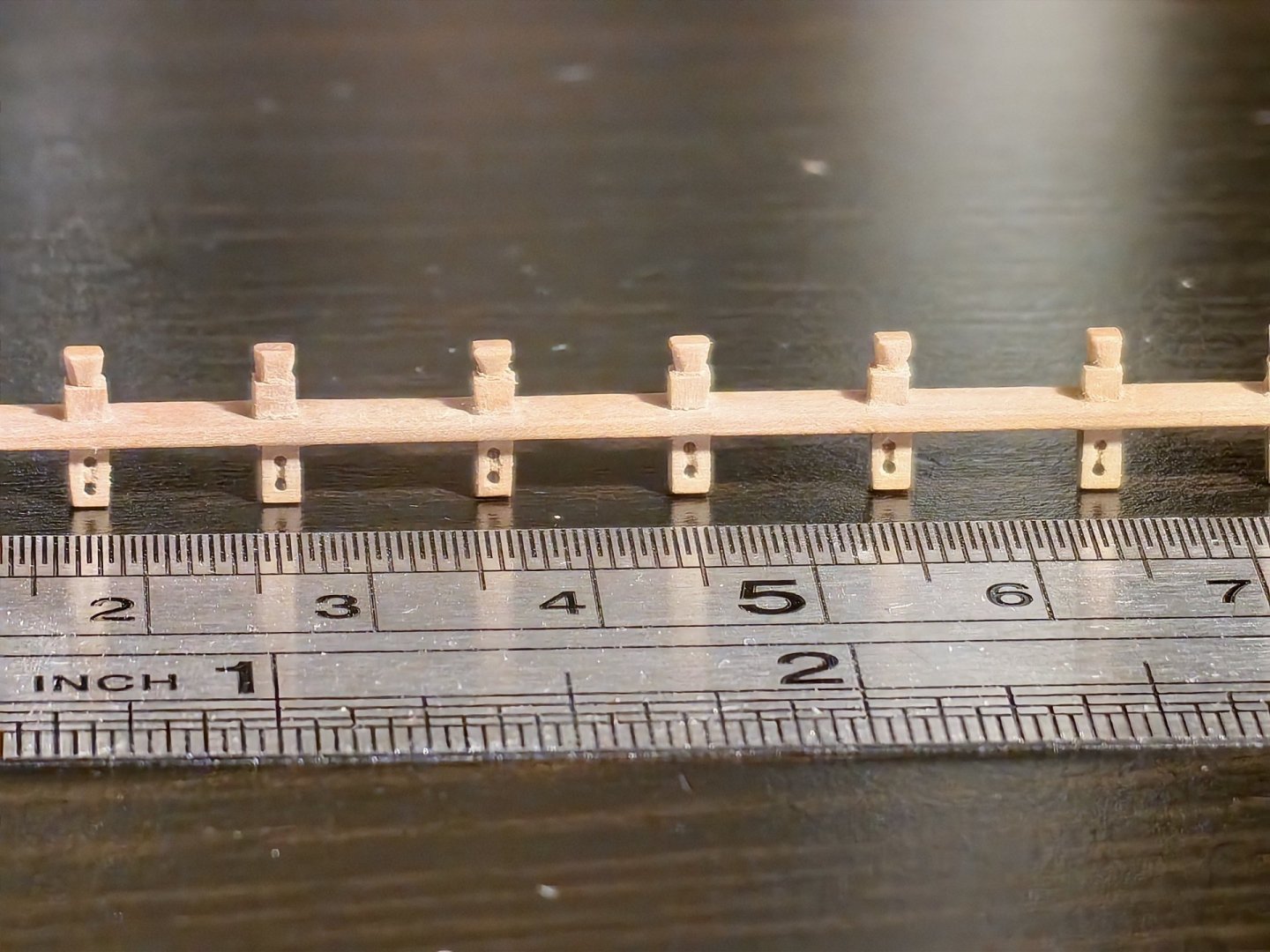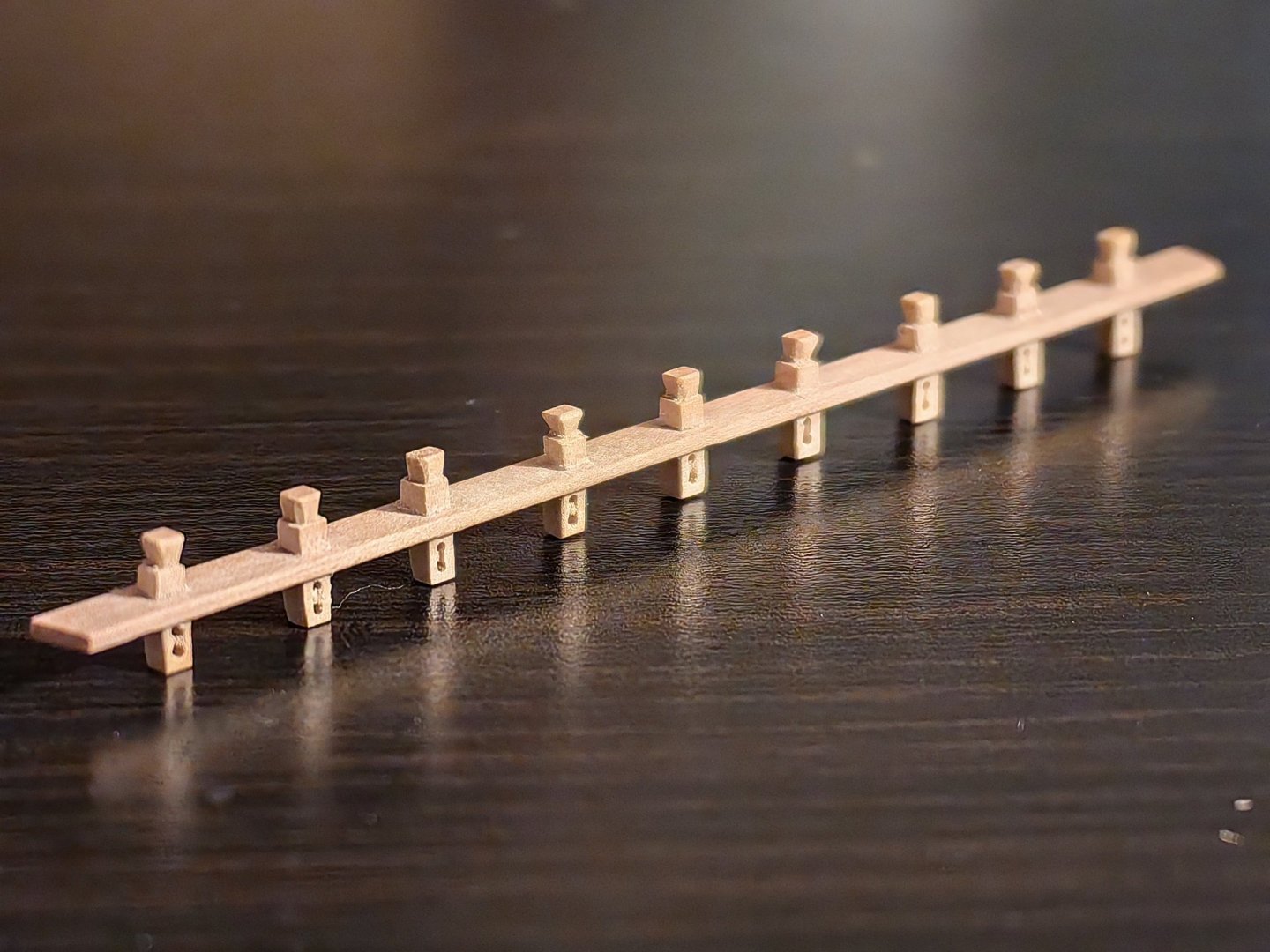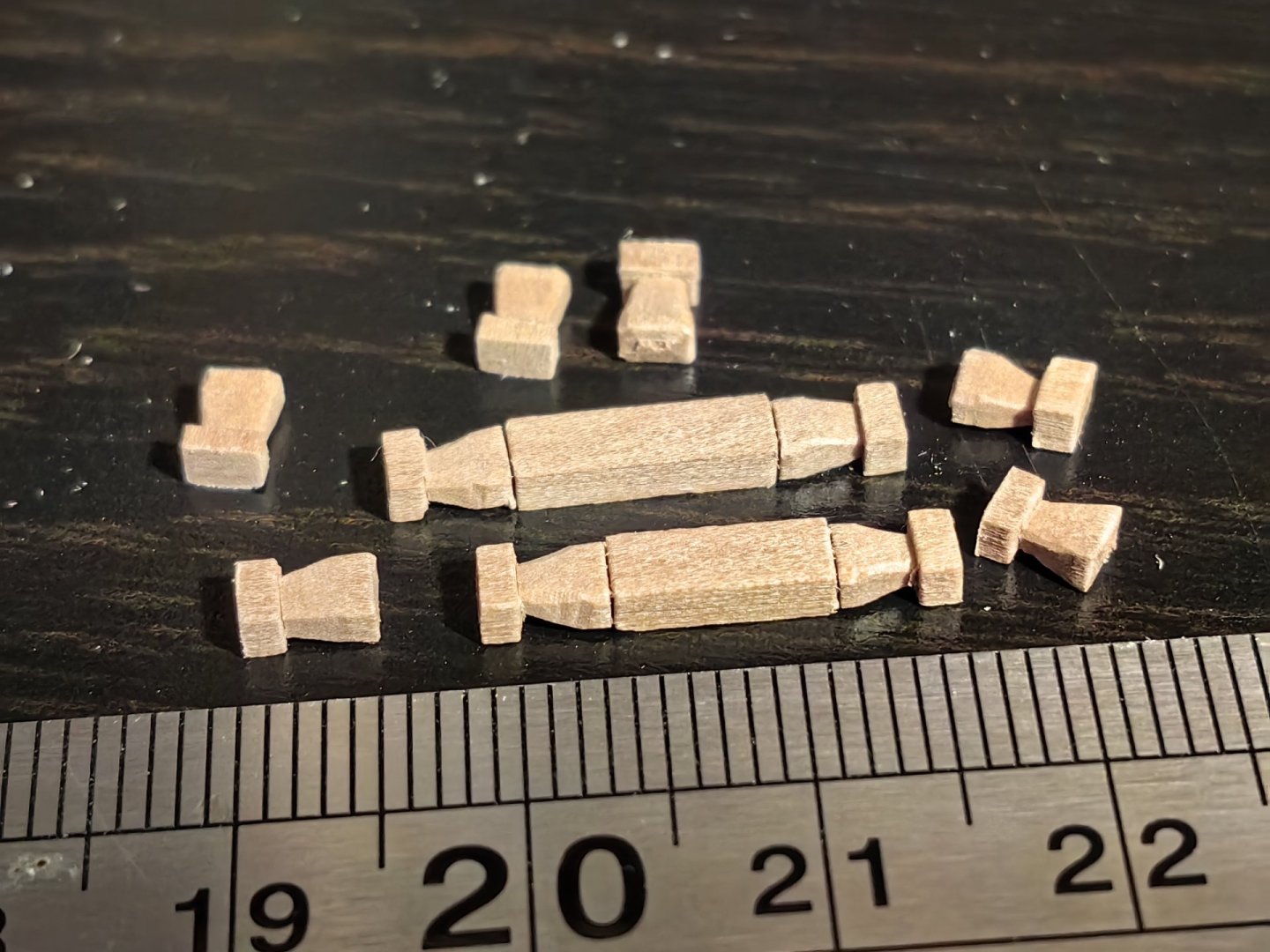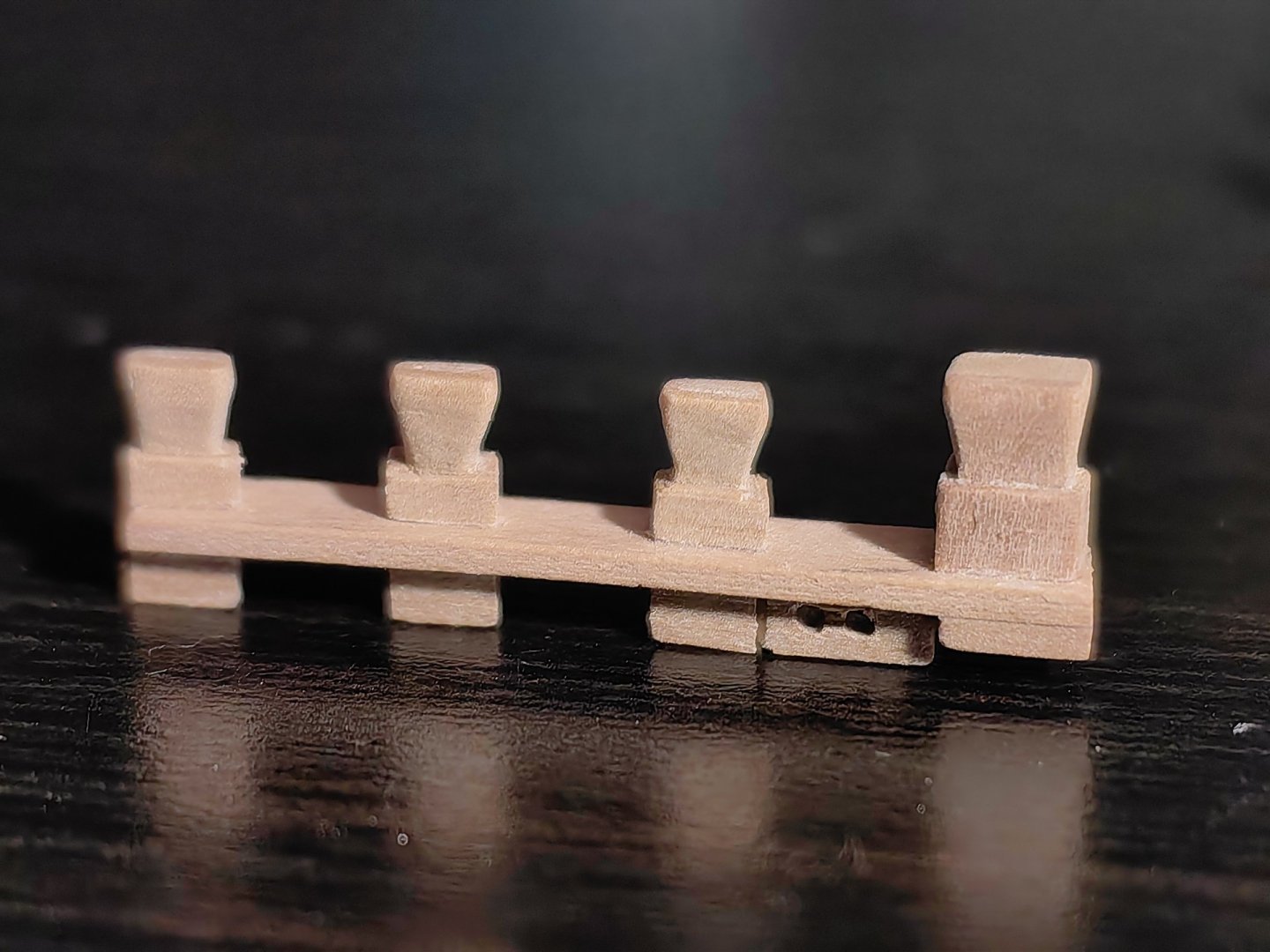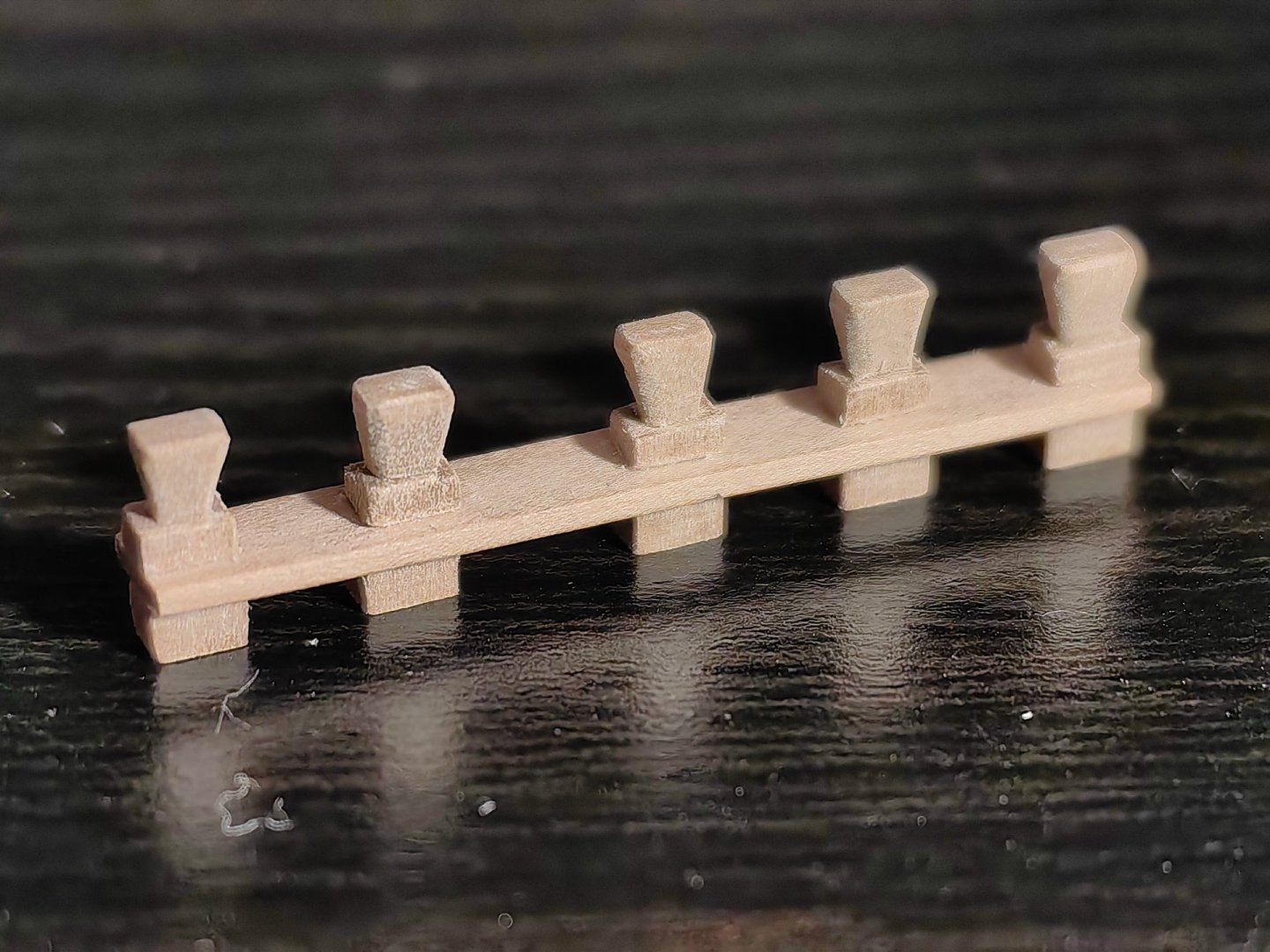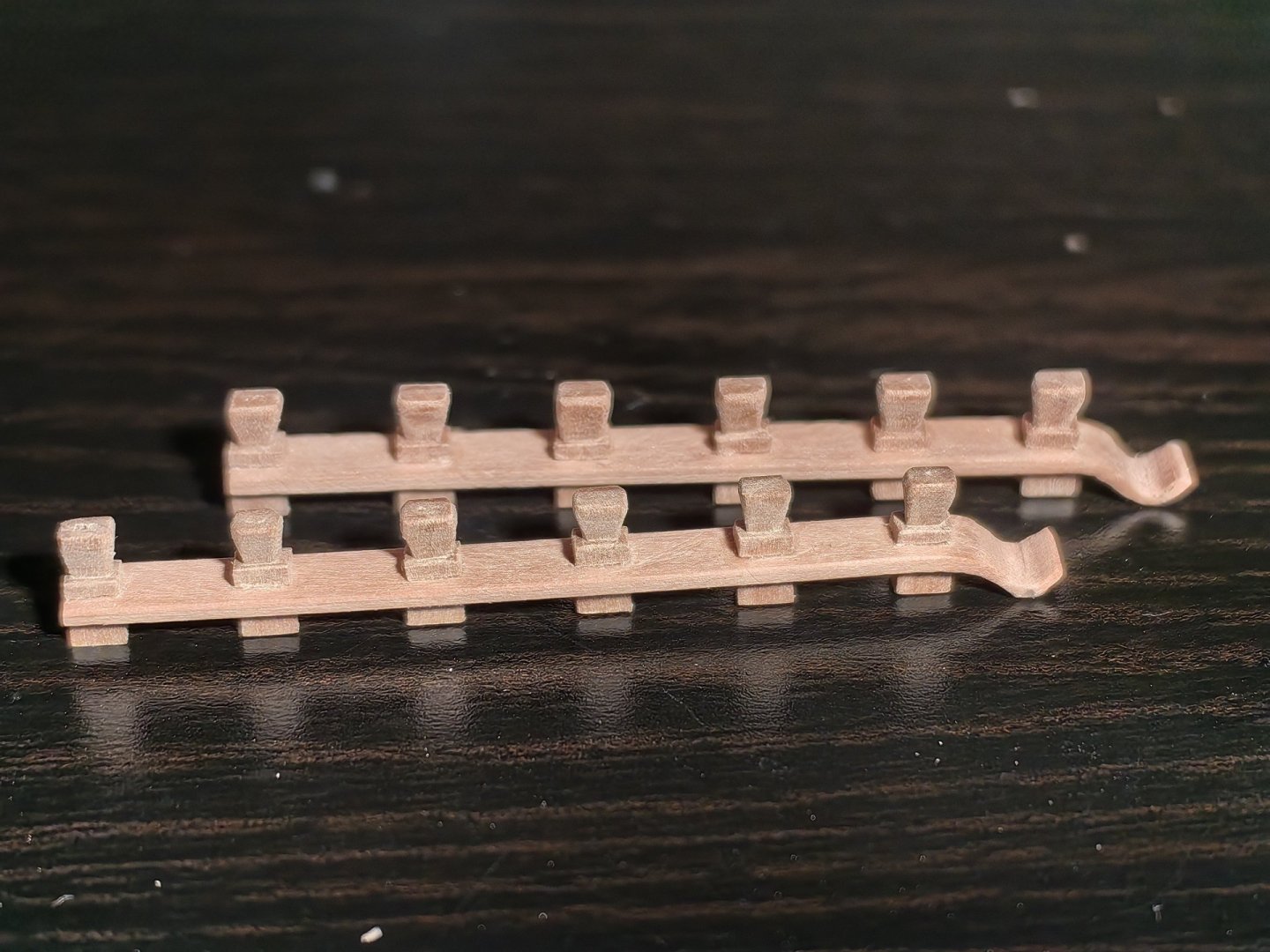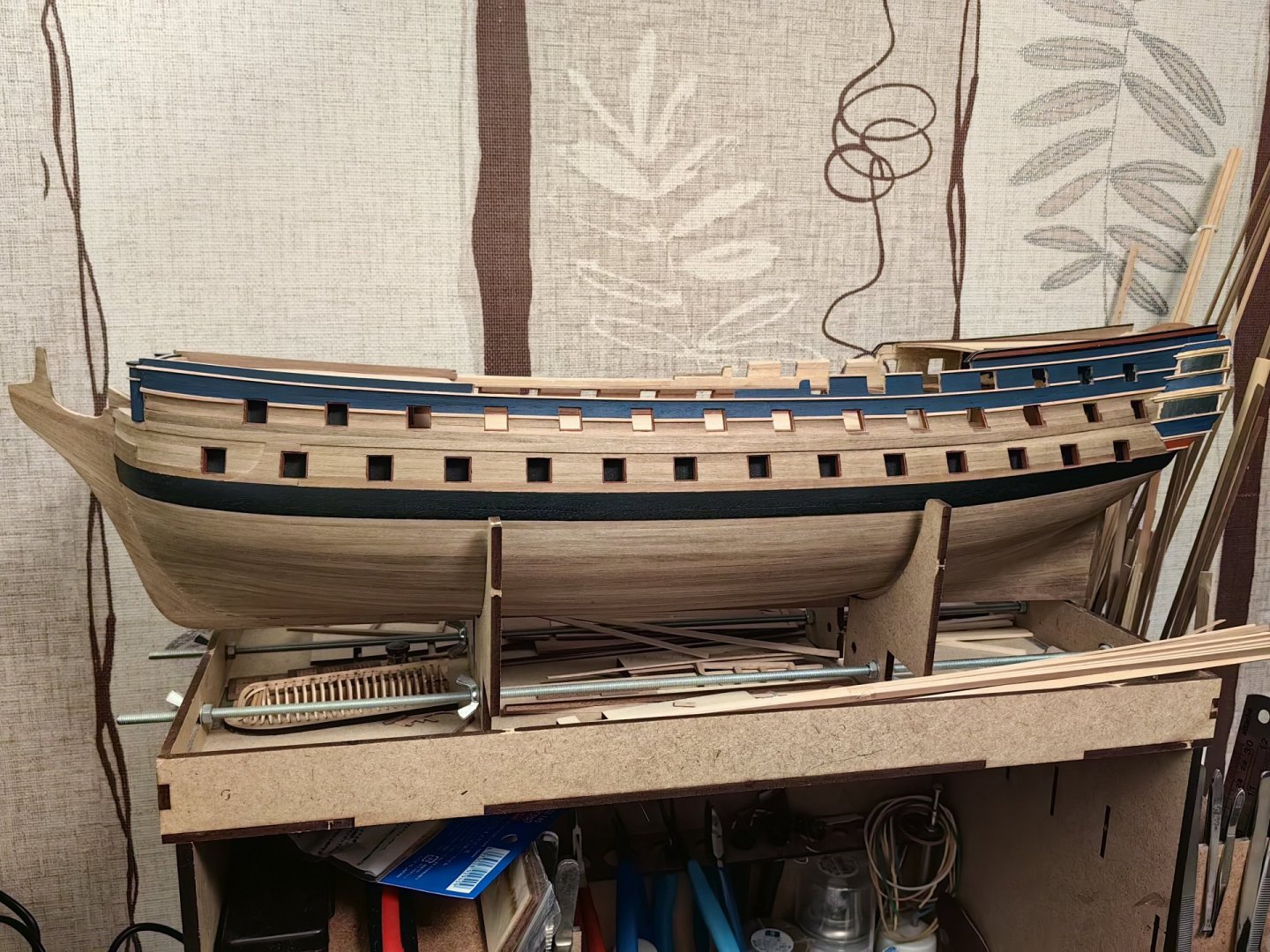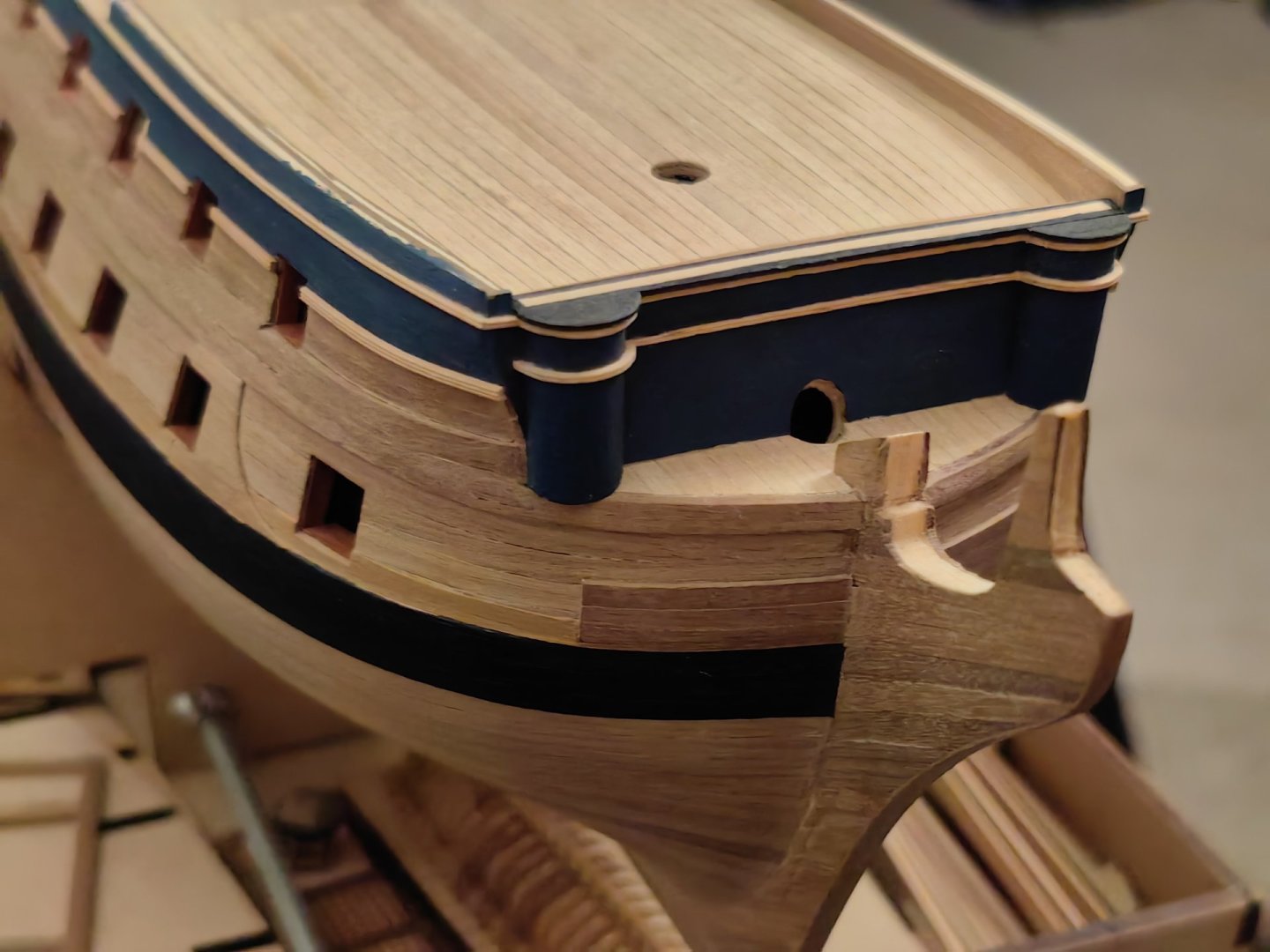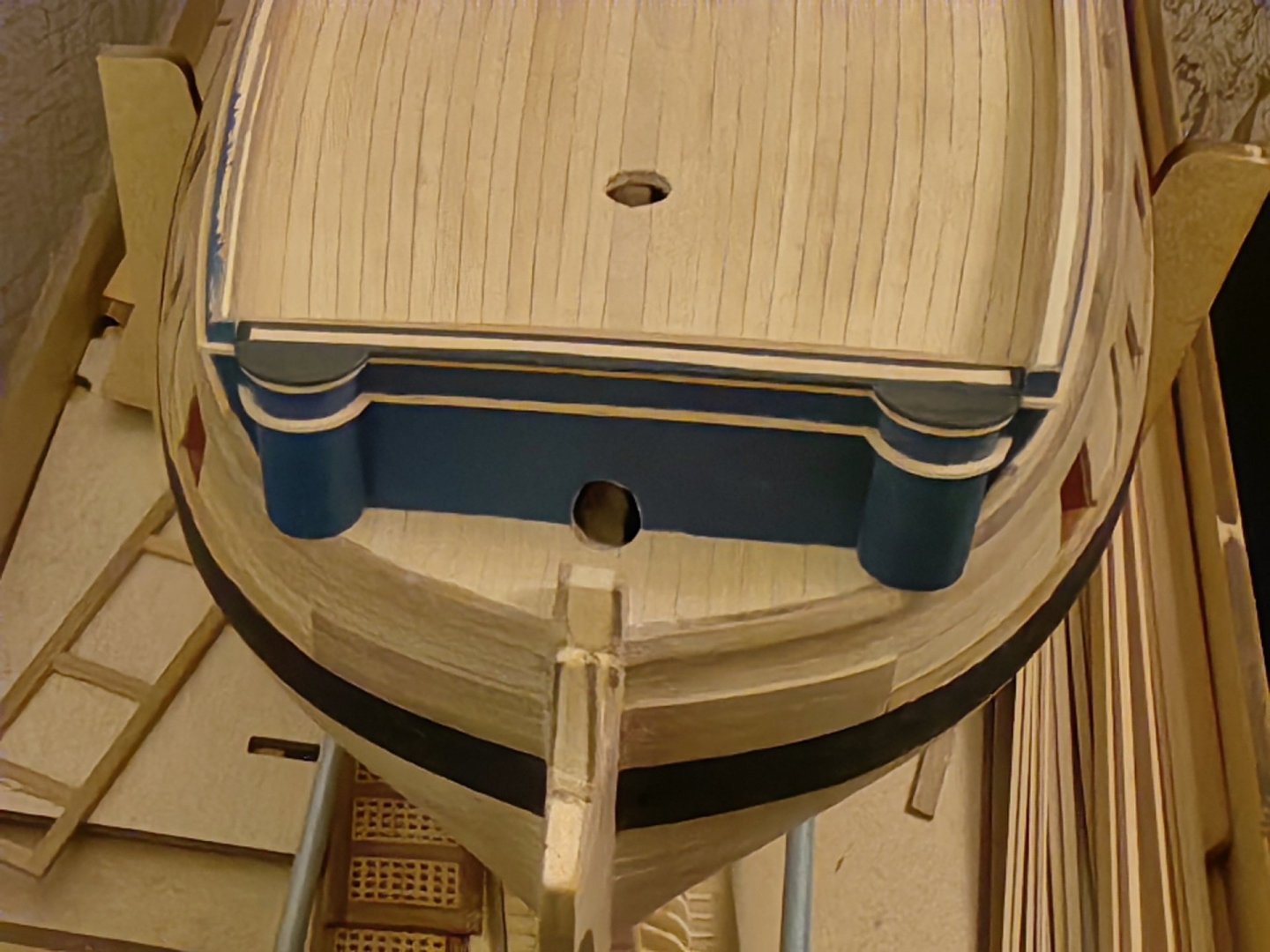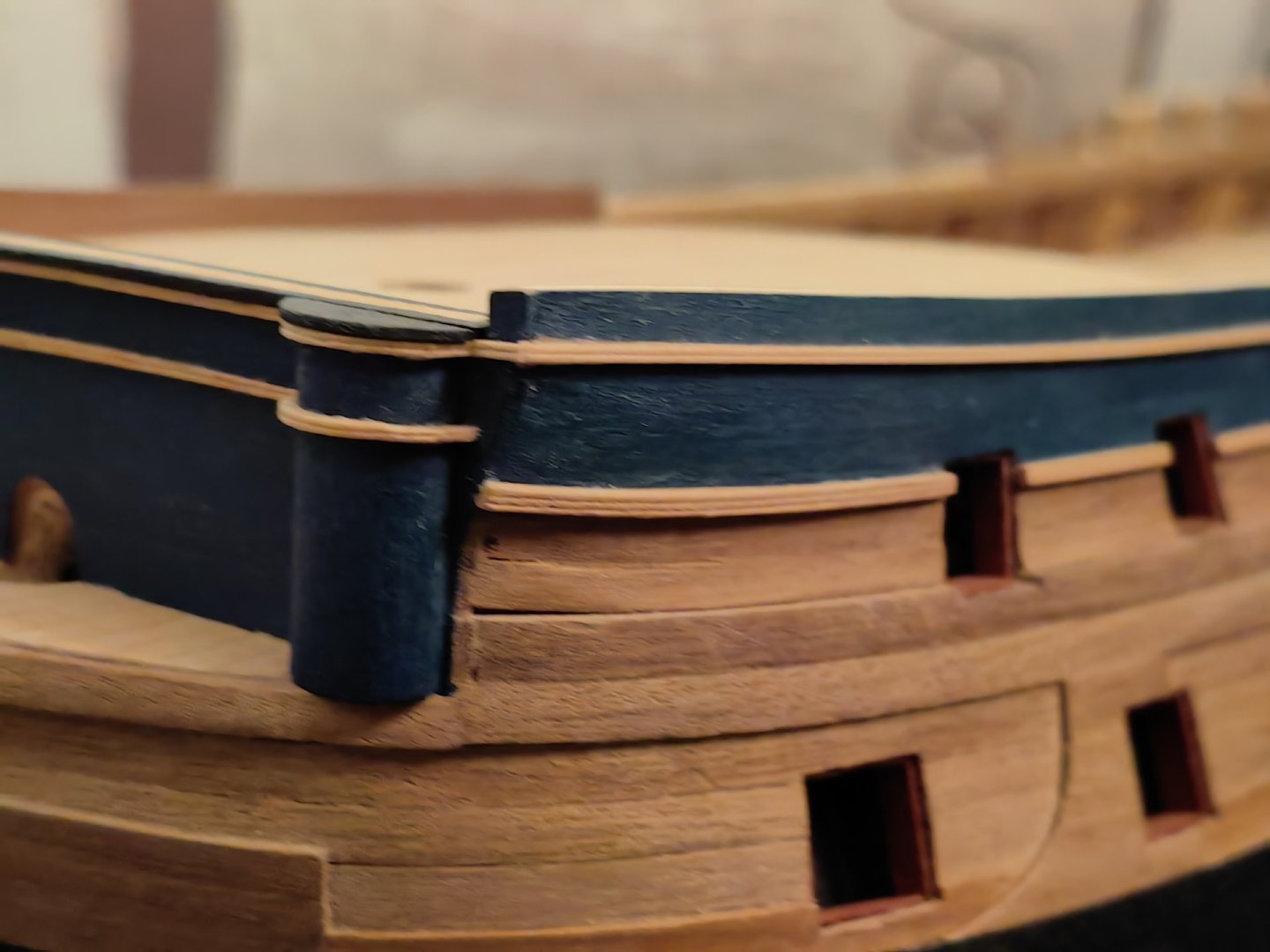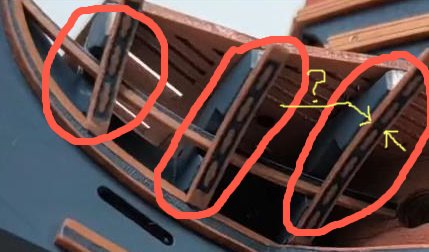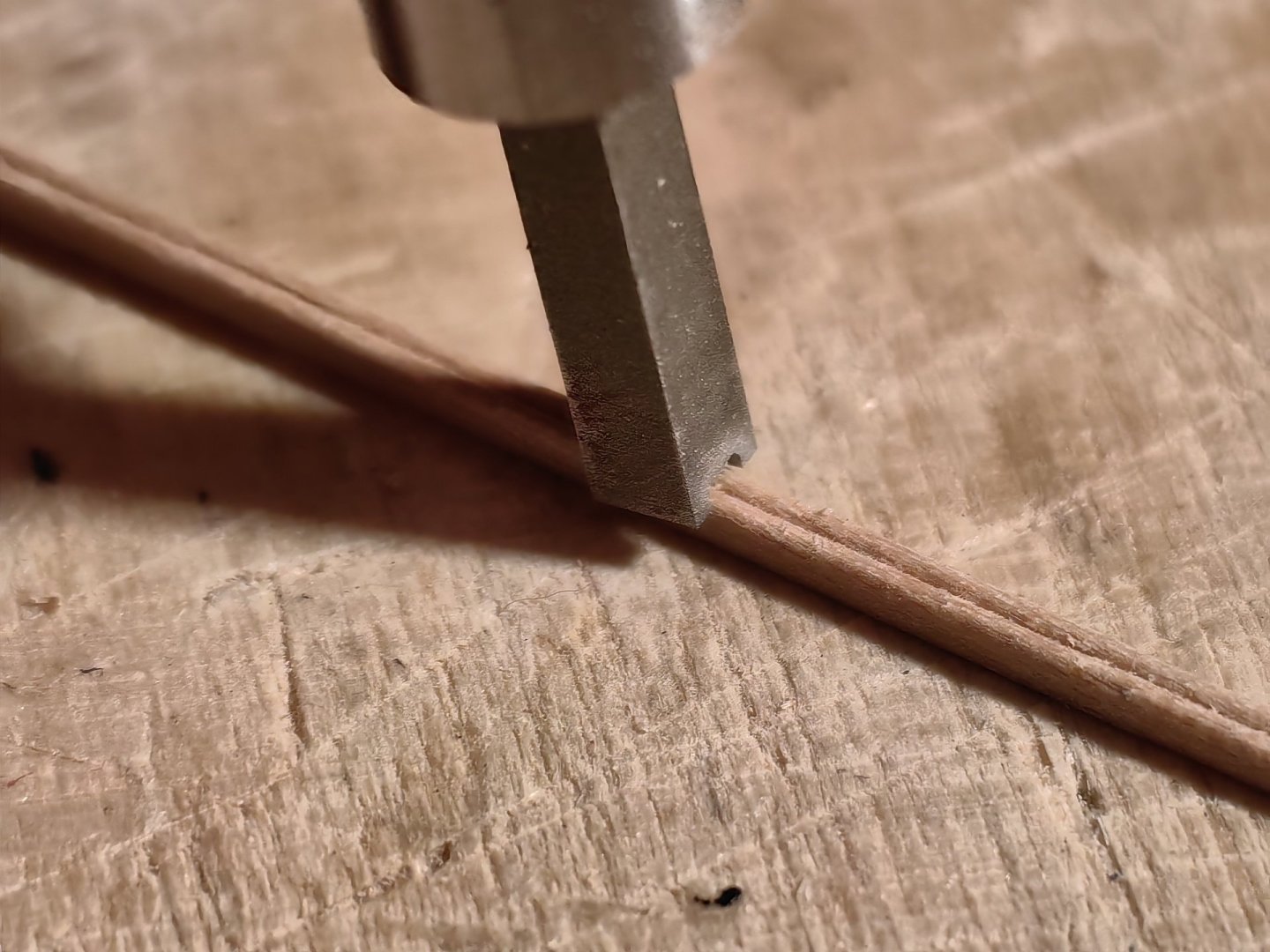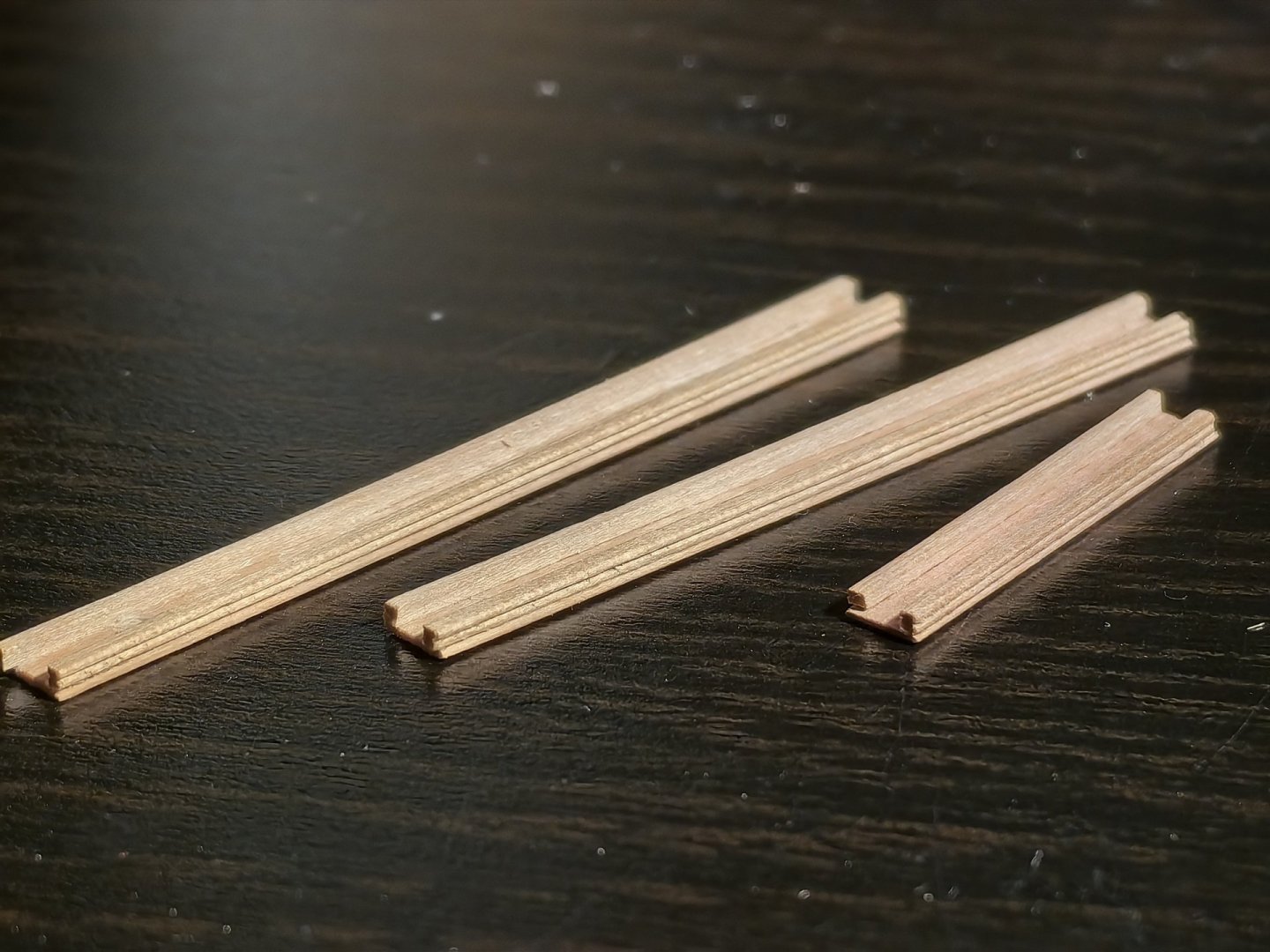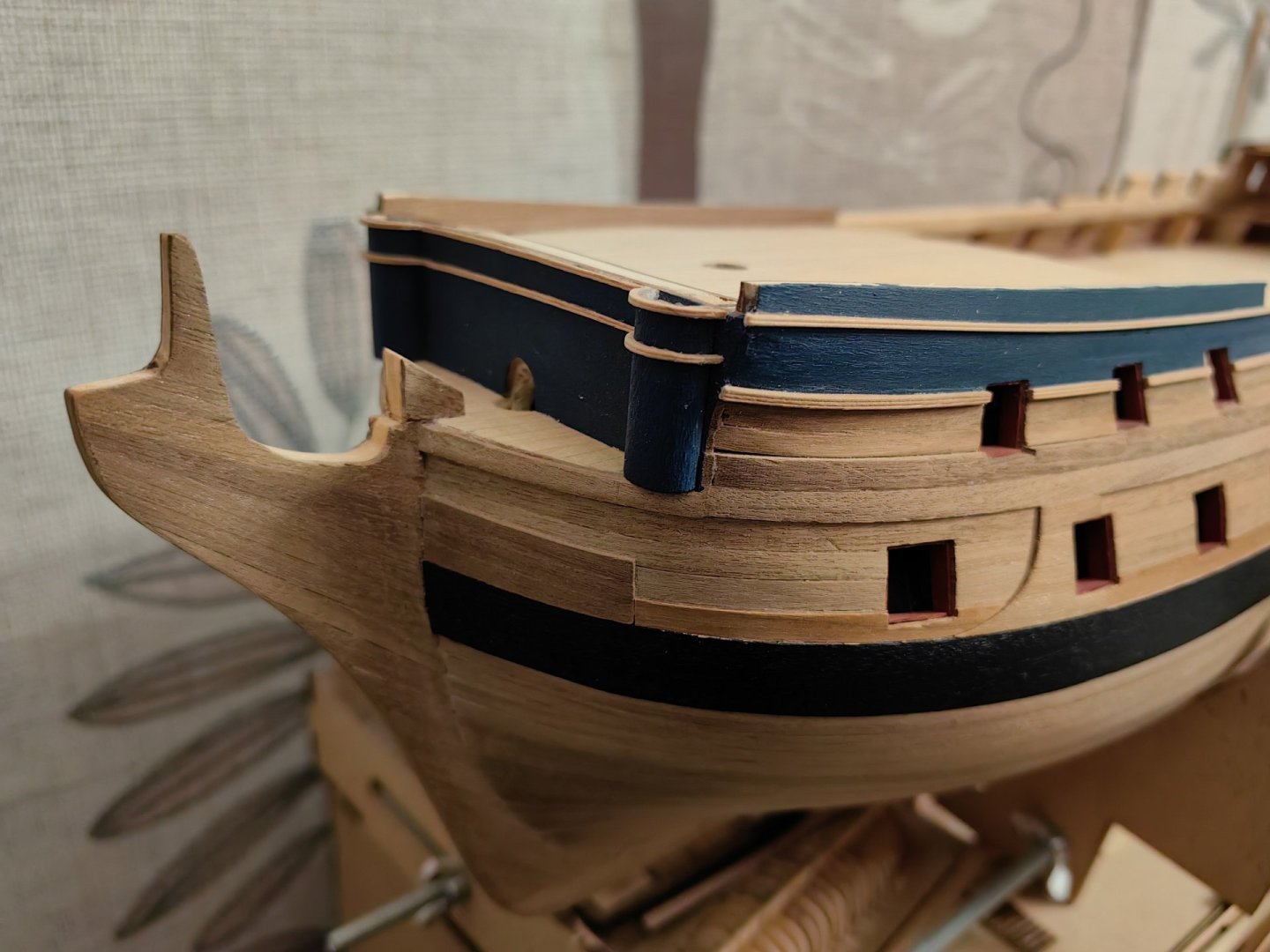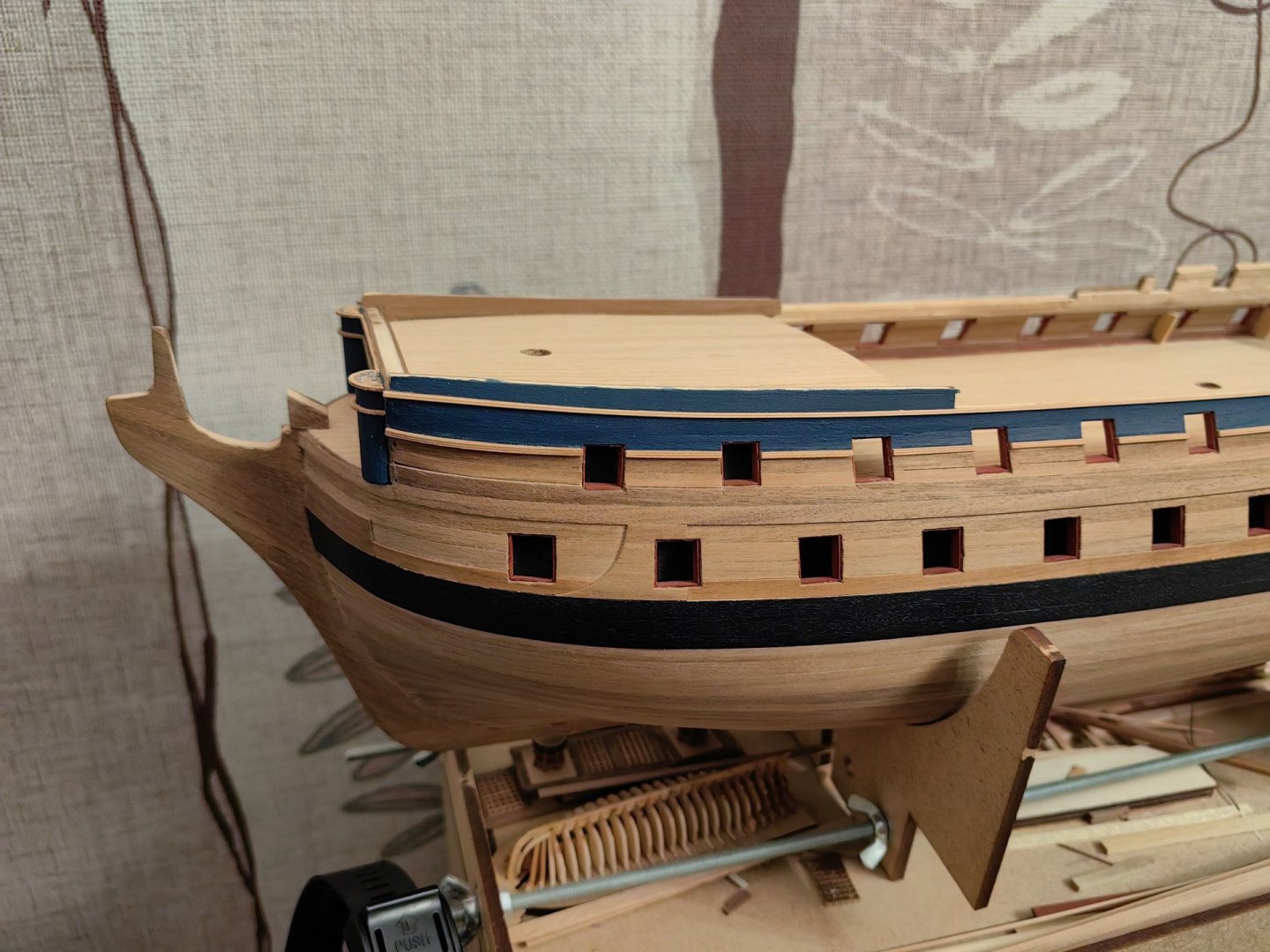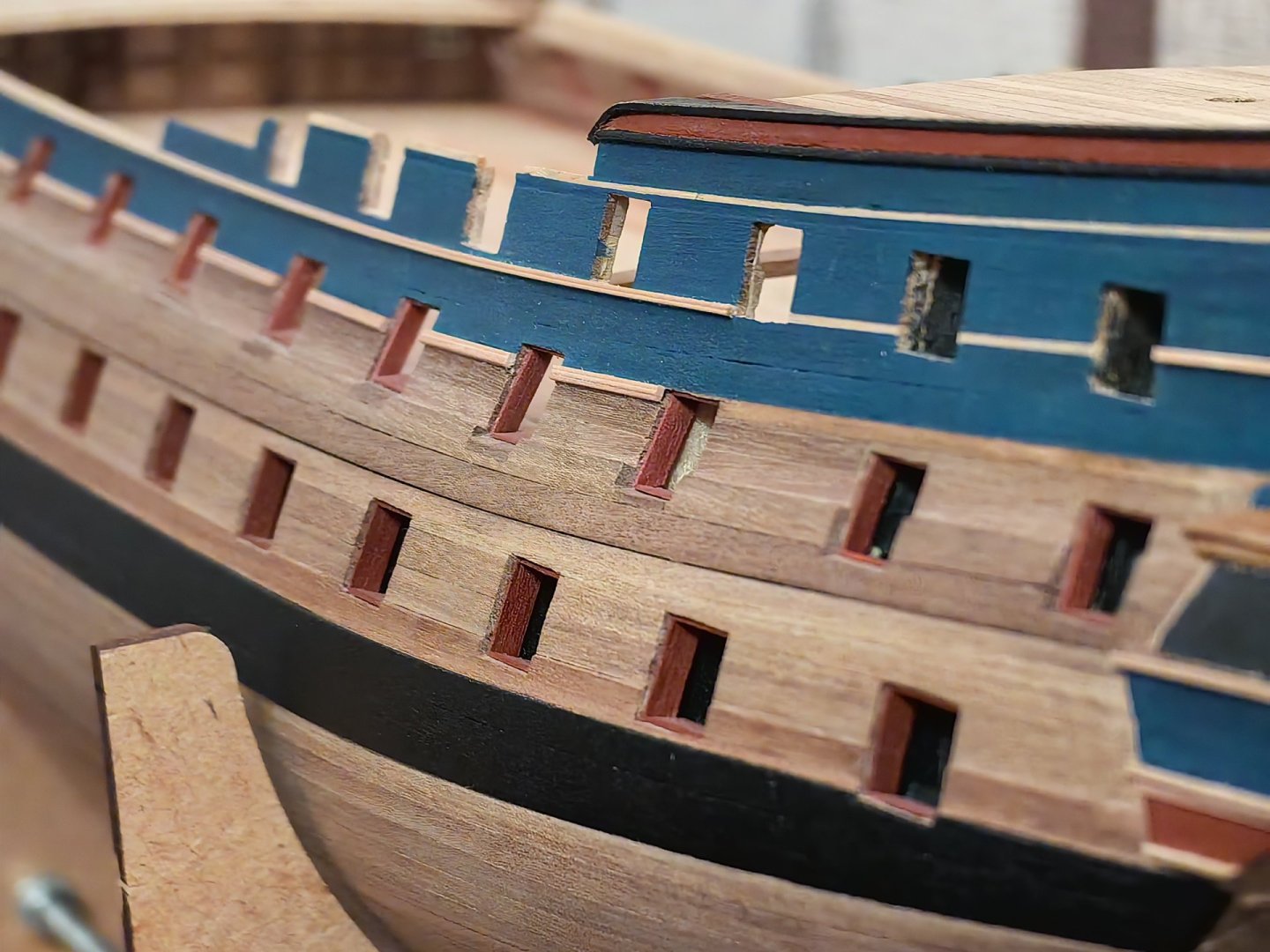-
Posts
65 -
Joined
-
Last visited
About Frecap
- Birthday 02/18/1966
Profile Information
-
Gender
Male
-
Location
Moscow, Russia
Recent Profile Visitors
The recent visitors block is disabled and is not being shown to other users.
-
 Mr Whippy reacted to a post in a topic:
HMS Bellona by Frecap - Corel - 1:100
Mr Whippy reacted to a post in a topic:
HMS Bellona by Frecap - Corel - 1:100
-
 yvesvidal reacted to a post in a topic:
HMS Bellona by Frecap - Corel - 1:100
yvesvidal reacted to a post in a topic:
HMS Bellona by Frecap - Corel - 1:100
-
 Russ2025 reacted to a post in a topic:
HMS Bellona by Frecap - Corel - 1:100
Russ2025 reacted to a post in a topic:
HMS Bellona by Frecap - Corel - 1:100
-
 ccoyle reacted to a post in a topic:
HMS Bellona by Frecap - Corel - 1:100
ccoyle reacted to a post in a topic:
HMS Bellona by Frecap - Corel - 1:100
-
 Paul Le Wol reacted to a post in a topic:
HMS Bellona by Frecap - Corel - 1:100
Paul Le Wol reacted to a post in a topic:
HMS Bellona by Frecap - Corel - 1:100
-
 Frecap reacted to a post in a topic:
HMS Bellona by Frecap - Corel - 1:100
Frecap reacted to a post in a topic:
HMS Bellona by Frecap - Corel - 1:100
-
 Nearshore reacted to a post in a topic:
HMS Bellona by Frecap - Corel - 1:100
Nearshore reacted to a post in a topic:
HMS Bellona by Frecap - Corel - 1:100
-
 Nearshore reacted to a post in a topic:
HMS Bellona by Frecap - Corel - 1:100
Nearshore reacted to a post in a topic:
HMS Bellona by Frecap - Corel - 1:100
-
Hi! The assembly of cheeks from several parts did not take much time. Unexpectedly, a lot of it was spent on fitting and mounting them on the hull. And this is the result. Probably not perfect, but, as I think, no worse than everything else. Here, of course, there will be something to finish. Since on the prototypes, cheeks have a smooth transition from the hull to the head knee, and I just have them docked, I want to make something like knees with an internal radius. There are also some gaps that need to be seal. In general, this process is endless. But the result is satisfying)
-
 Mr Whippy reacted to a post in a topic:
HMS Bellona by Frecap - Corel - 1:100
Mr Whippy reacted to a post in a topic:
HMS Bellona by Frecap - Corel - 1:100
-
 yvesvidal reacted to a post in a topic:
HMS Bellona by Frecap - Corel - 1:100
yvesvidal reacted to a post in a topic:
HMS Bellona by Frecap - Corel - 1:100
-
 Frecap reacted to a post in a topic:
HMS Bellona by Frecap - Corel - 1:100
Frecap reacted to a post in a topic:
HMS Bellona by Frecap - Corel - 1:100
-
 Ronald-V reacted to a post in a topic:
HMS Bellona by Frecap - Corel - 1:100
Ronald-V reacted to a post in a topic:
HMS Bellona by Frecap - Corel - 1:100
-
Hi! I'm continuing with the head. I need to make a lot of thin, openwork parts. I started with the chееks. The Corel set doesn't have any laser-cut, ready-made parts, but the chееks need to have a distinct profile and the inside of the profile needs to be painted. While I can still give the rake a profile using a special tool, I won't be able to paint such a small part accurately. Therefore, I'm making the chееks out of three parts. The central part is made of a 1 mm rail, and the side parts are made of a 0.5 mm rail. All the rails are made of pearwood. By the way, it is easier to bend thinner rails. Then I gave the front edges of all the rails a semi-circular profile, painted the front part of the central rail, and glued on the side rails. The long upper cheek should taper towards the end, so I sharpened all three rails. However, when I saw the result, I felt that the taper was not sufficient, so I tore off the glued parts, sharpened the rails again, and then reglued them. The upper cheeks converge at the top and rest against the volute of the herbroket. Corel's volute is made in the form of a cast tin part, which I absolutely do not like, as well as most of the metal decor parts. I decided to make it myself. I did not have a pear rail of the appropriate cross-section, so I used a sushi stick. It is made of bamboo, which is quite hard and perfectly processed with a linography cutter. However, it is lighter than pear and speckled. But a little mordant has more or less evened out the colors, and since the piece is very small, I hope that the specks on the model won't be too noticeable.
-
Hi, Nearshore! Thank you for the rating, it's very nice!) I bent the rail by steaming it in hot water and then ironing the tip with an iron, gradually bending the rail. If the radius is slightly larger, it bends normally. However, in this case, the radius is only a few millimeters, and it caused problems. I think it's important to take your time and repeat the steaming and ironing process several times, as there's a chance of the rail breaking. The first bend turned out to be good, but on the second, where the rack rises up, it broke. And on both sides. And I glued the broken parts with PVA glue, for strength, I glued several small pieces of thin rack into the concave part and then, when the glue was dry, I processed it with a round file. So, in fact, you are right, this part is composite, in two parts. Probably, you can not suffer and make it composite at once. In the future, I will probably do it. Yours sincerely, Frecap.
-
 Frecap reacted to a post in a topic:
HMS Bellona by Nearshore - Corel - 1:100
Frecap reacted to a post in a topic:
HMS Bellona by Nearshore - Corel - 1:100
-
Frecap started following HMS Bellona by Andy Thurston - Corel - 1/100 and HMS Victory by Pfälzer - Corel - 1:98
-
 Frecap reacted to a post in a topic:
HMS Victory by Pfälzer - Corel - 1:98
Frecap reacted to a post in a topic:
HMS Victory by Pfälzer - Corel - 1:98
-
 Frecap reacted to a post in a topic:
HMS Victory by Pfälzer - Corel - 1:98
Frecap reacted to a post in a topic:
HMS Victory by Pfälzer - Corel - 1:98
-
I mounted the gunwale on the bulwarks of the fordeck. I painted it, as well as the rails and toptimbers. I left an unpainted strip on the gunwale for better adhesion when gluing. But I won't glue the toptimbers yet, as there is still a lot of work to do with the case and I don't want to accidentally break the fragile structures. But I couldn't resist and took some photos).
-
 Frecap reacted to a post in a topic:
Costa Passenger Coach by yvesvidal - FINISHED - OcCre - 1/32
Frecap reacted to a post in a topic:
Costa Passenger Coach by yvesvidal - FINISHED - OcCre - 1/32
-
 Frecap reacted to a post in a topic:
HMS Bellona by Frecap - Corel - 1:100
Frecap reacted to a post in a topic:
HMS Bellona by Frecap - Corel - 1:100
-
Here are some photos from the process of making the fordeck's railing. I appreciated the benefits of the pear wood and purchased several different sizes of planks and use them whenever possible. The top timbers of the fordeck's bulwarks form the gun ports, and as a result, the fife rail consists of three parts. Since the bulwarks converge strongly towards the bow, the group of bow top timbers has a parallelogram cross-section. This is also shown in Corel's drawings. I didn't bother with the rest and made them rectangular. Many small details have to be made by hand. Of course, it is difficult to achieve their full identity. But all the photos are taken with magnification, in reality the difference is not so noticeable. Especially all this will be painted black.
-
 Frecap reacted to a post in a topic:
HMS Sphinx 1775 by Ronald-V - Vanguard Models - 1:64
Frecap reacted to a post in a topic:
HMS Sphinx 1775 by Ronald-V - Vanguard Models - 1:64
-
 Frecap reacted to a post in a topic:
HMS Sphinx 1775 by Ronald-V - Vanguard Models - 1:64
Frecap reacted to a post in a topic:
HMS Sphinx 1775 by Ronald-V - Vanguard Models - 1:64
-
 Frecap reacted to a post in a topic:
HMS Sphinx 1775 by Ronald-V - Vanguard Models - 1:64
Frecap reacted to a post in a topic:
HMS Sphinx 1775 by Ronald-V - Vanguard Models - 1:64
-
Frecap started following Andy Thurston
-
Hello, Ronald! I join in all the enthusiastic compliments!This level of skill is something worth striving for!) You write that you glue the PVA directly onto the painted surface. I tried it too, but I couldn't get a solid connection (Maybe it's the paint... Now I leave unpainted the part of the surface on which I'm going to glue something. Yours sincerely, Frecap
-
Hello everyone! Finally, the model has taken the same appearance as it did before the upgrade! New rails have been installed. They are made of a pear-shaped slat with a 1x1 mm cross-section, which has been pre-shaped. When I looked at numerous photos of museum models, I noticed that in many cases, the waist rail was wider than the others, so I decided to do the same. I didn't have a 1x1.5 mm rail, so I glued another 0.5 mm rail to the existing one, rounding its edge first. Since the waist rail runs along the main deck, interrupted by the gun ports, I glued it in short sections.
-
Hi! After holding the already painted body in my hands, it is not very pleasant to see it with peeled-off sides. I'm in a hurry to return the model to its former appearance, correcting mistakes along the way. Painted again, using masking tape as a separator. Since PVA glue does not adhere well to acrylic paint, I left unpainted strips for the rails to be glued.
About us
Modelshipworld - Advancing Ship Modeling through Research
SSL Secured
Your security is important for us so this Website is SSL-Secured
NRG Mailing Address
Nautical Research Guild
237 South Lincoln Street
Westmont IL, 60559-1917
Model Ship World ® and the MSW logo are Registered Trademarks, and belong to the Nautical Research Guild (United States Patent and Trademark Office: No. 6,929,264 & No. 6,929,274, registered Dec. 20, 2022)
Helpful Links
About the NRG
If you enjoy building ship models that are historically accurate as well as beautiful, then The Nautical Research Guild (NRG) is just right for you.
The Guild is a non-profit educational organization whose mission is to “Advance Ship Modeling Through Research”. We provide support to our members in their efforts to raise the quality of their model ships.
The Nautical Research Guild has published our world-renowned quarterly magazine, The Nautical Research Journal, since 1955. The pages of the Journal are full of articles by accomplished ship modelers who show you how they create those exquisite details on their models, and by maritime historians who show you the correct details to build. The Journal is available in both print and digital editions. Go to the NRG web site (www.thenrg.org) to download a complimentary digital copy of the Journal. The NRG also publishes plan sets, books and compilations of back issues of the Journal and the former Ships in Scale and Model Ship Builder magazines.


